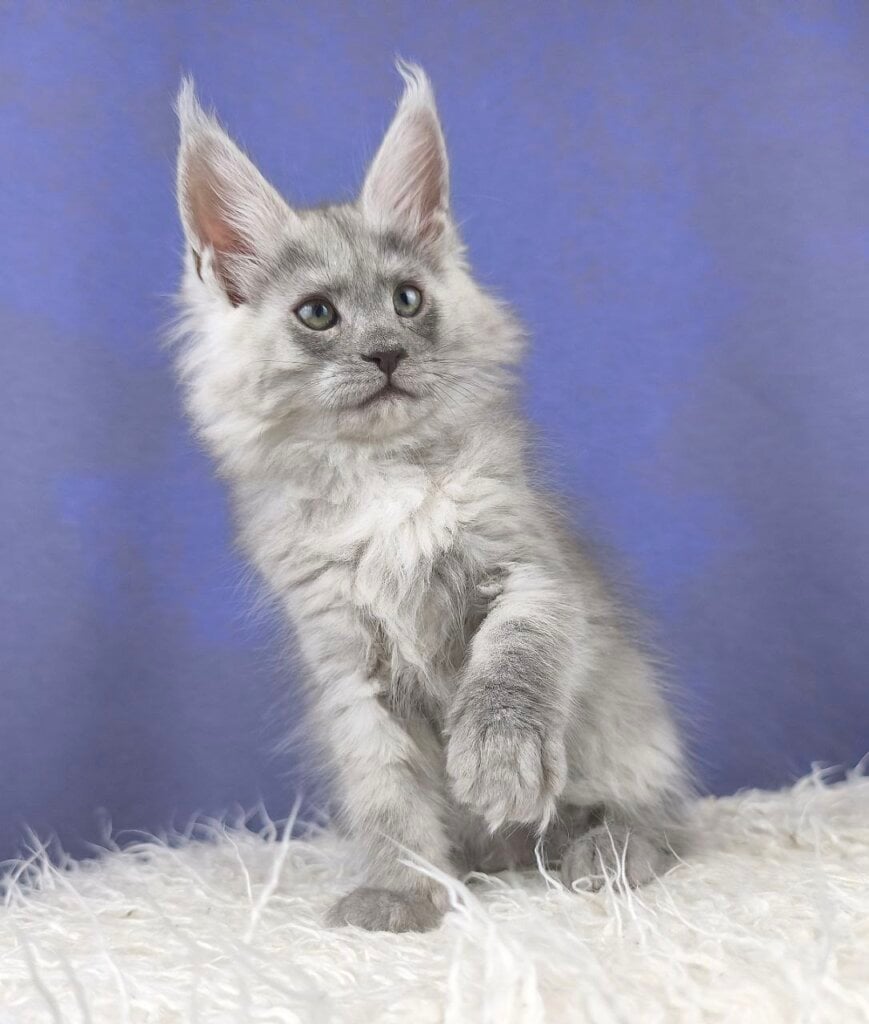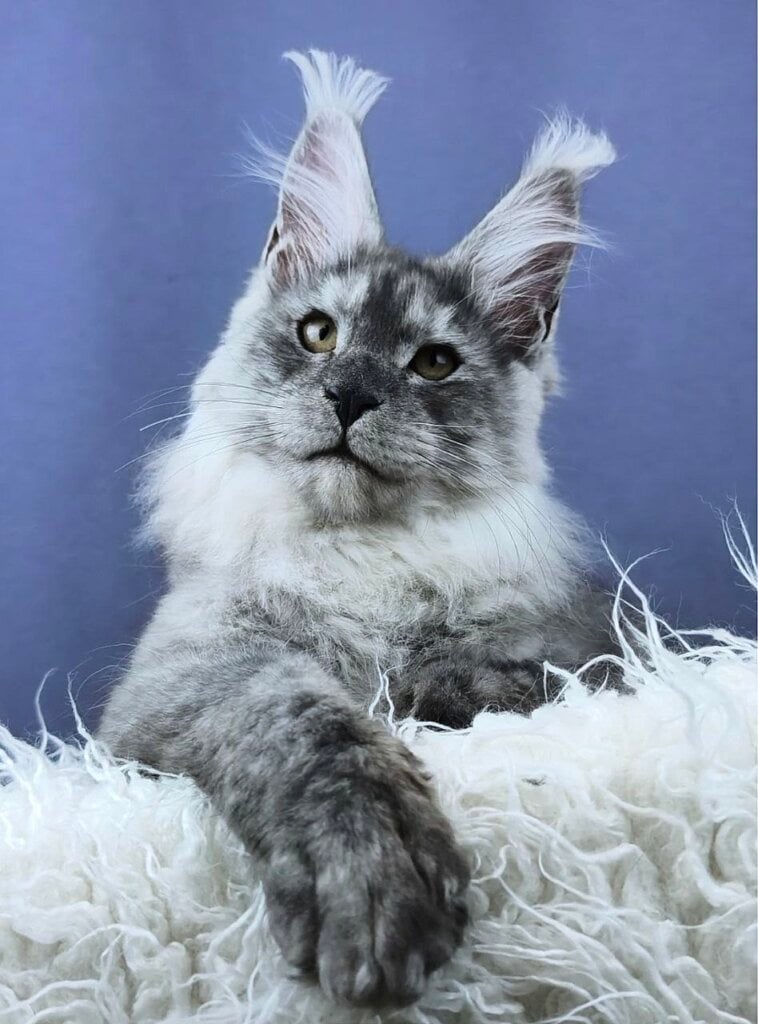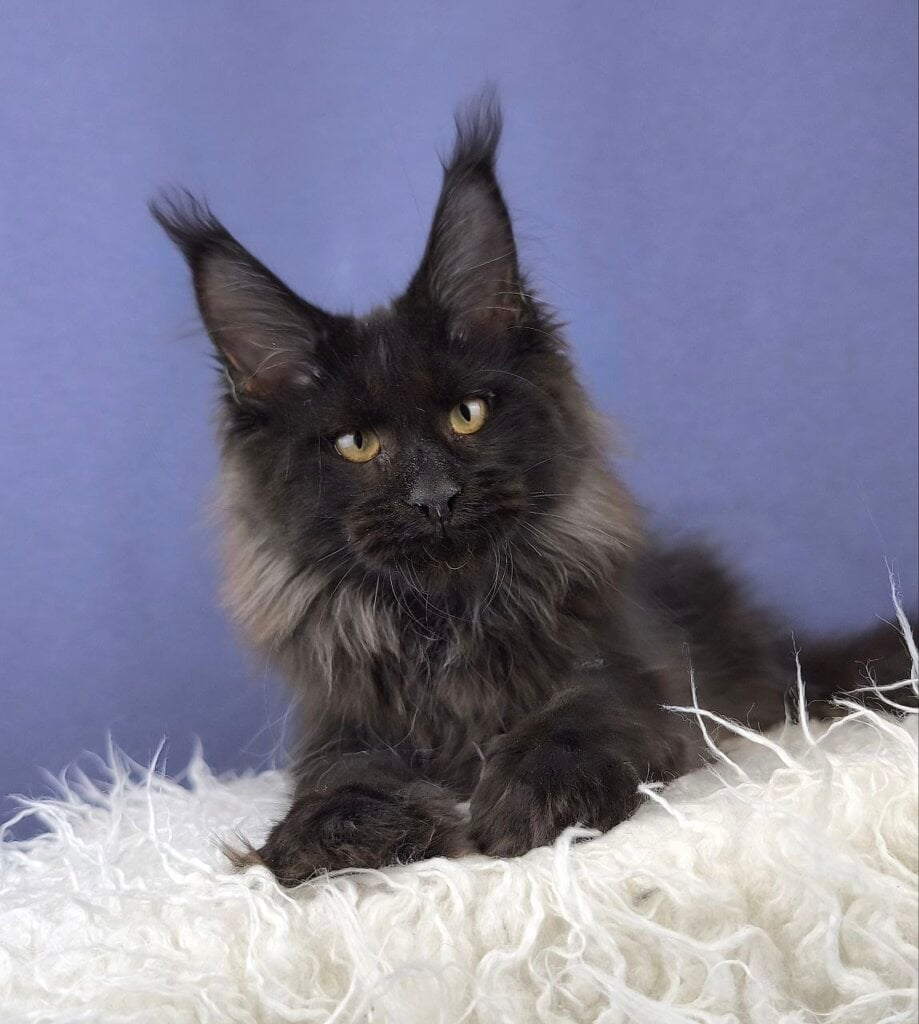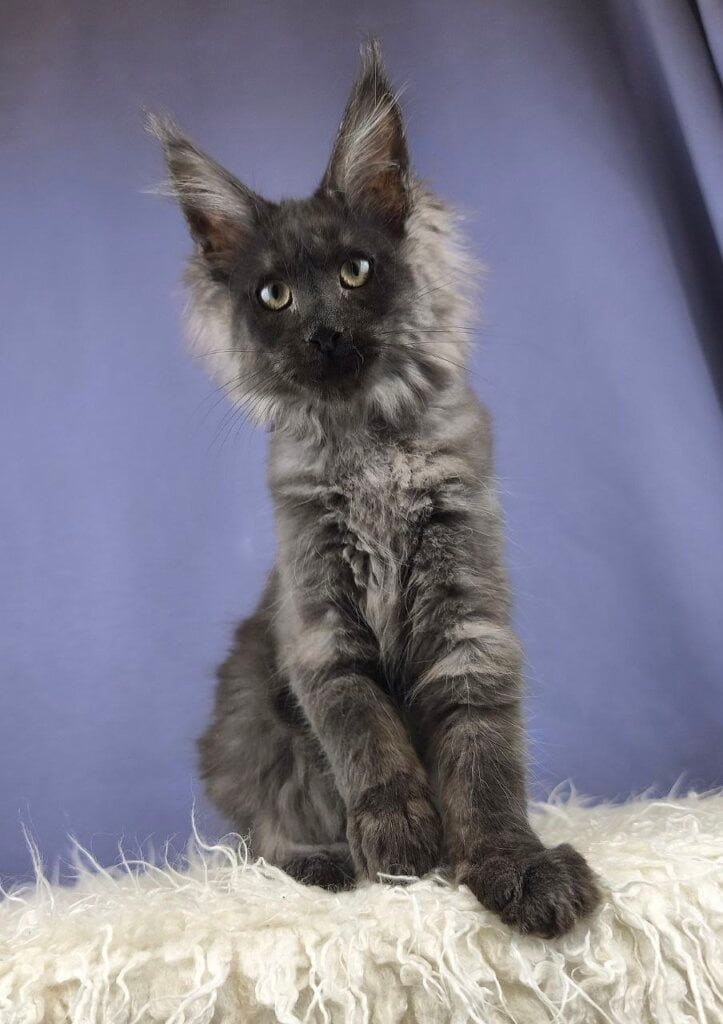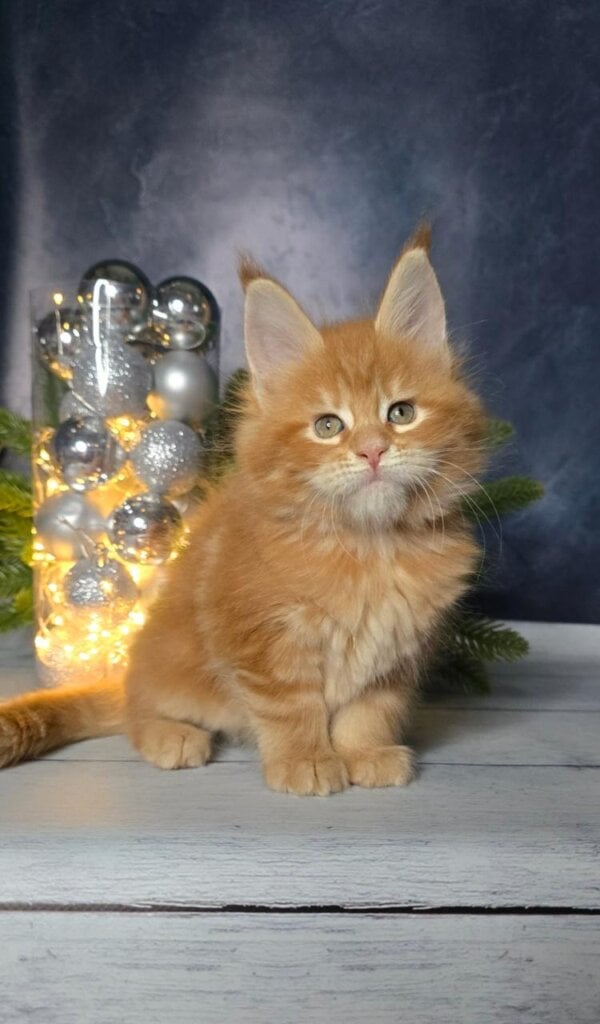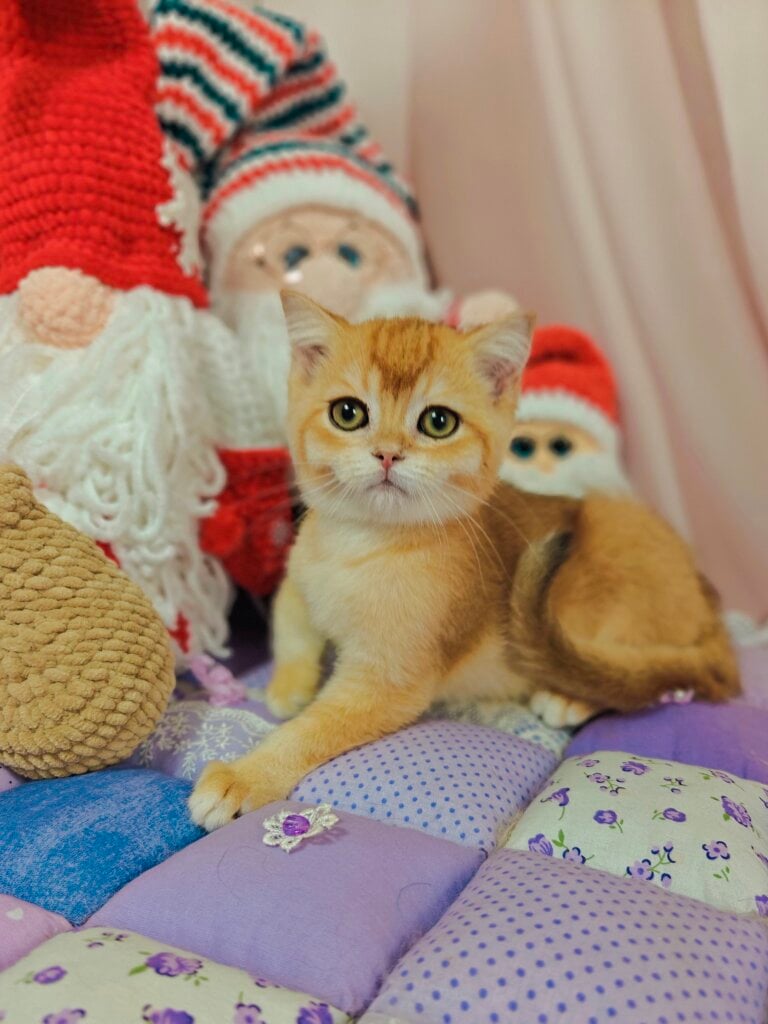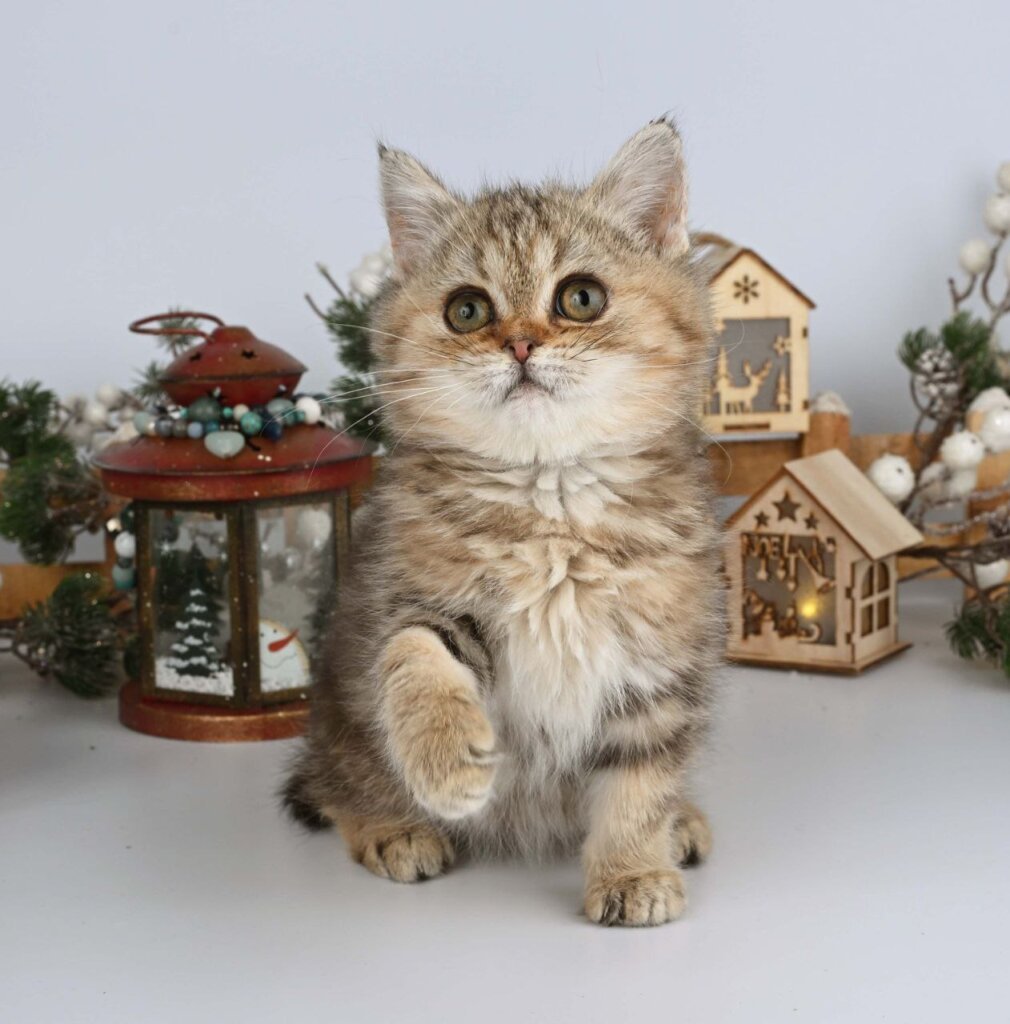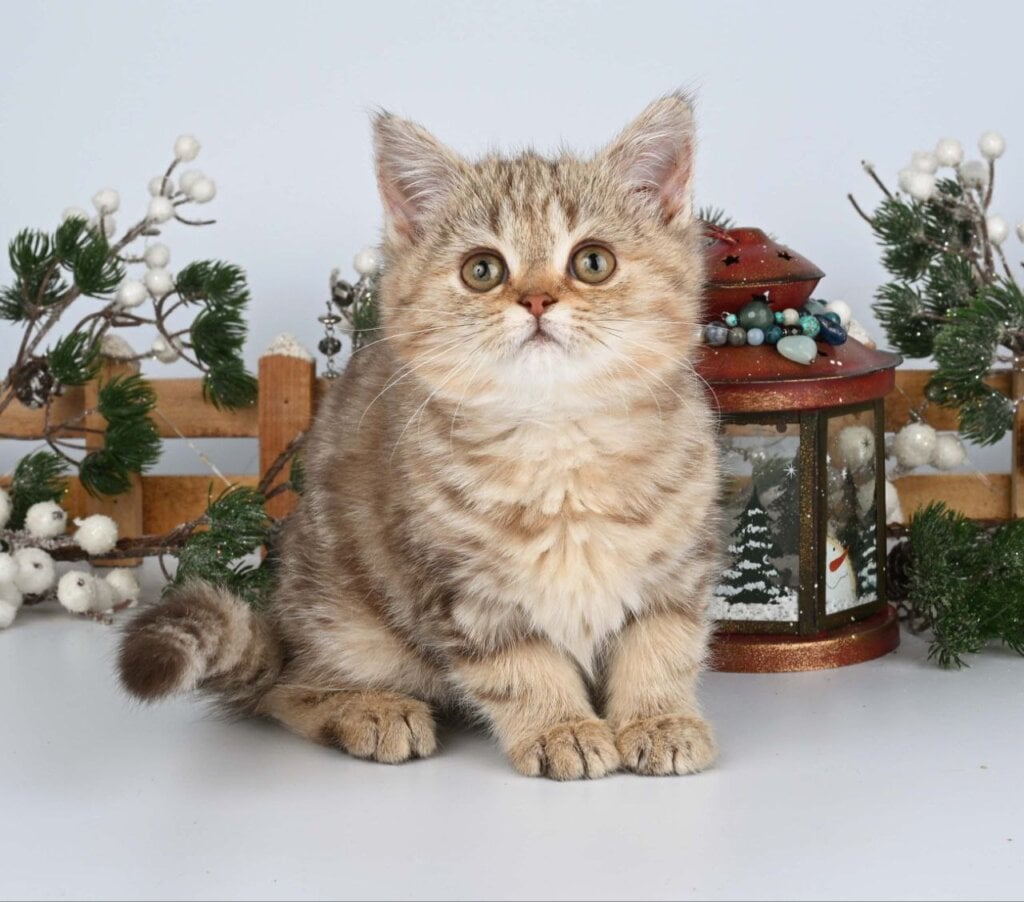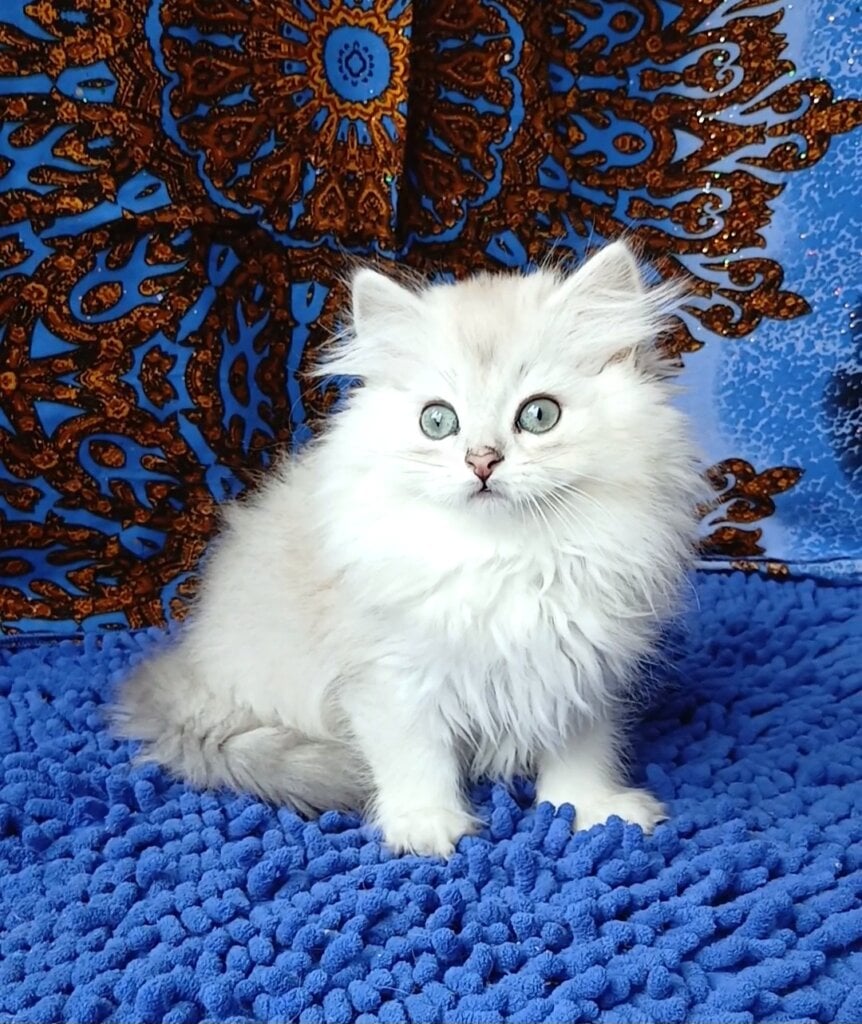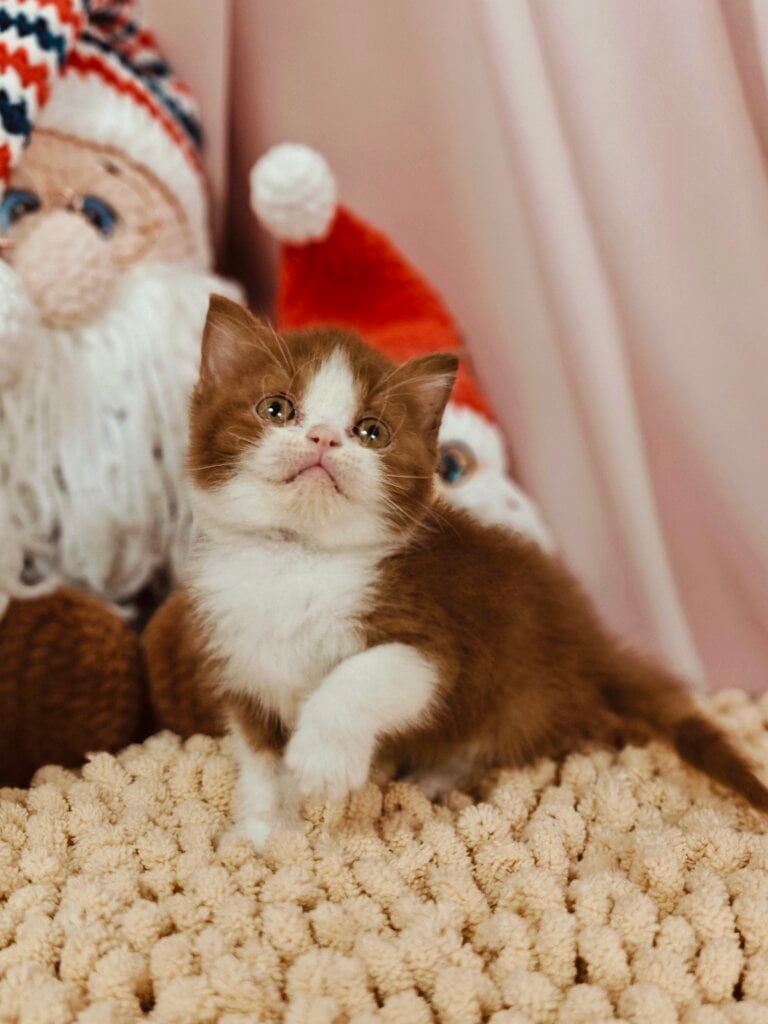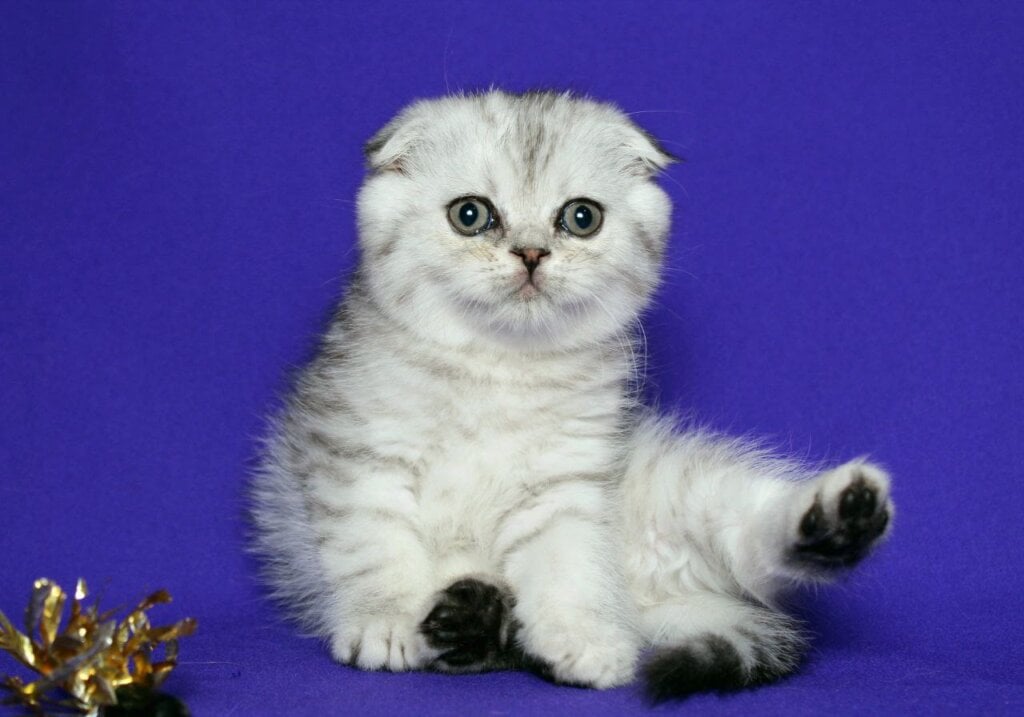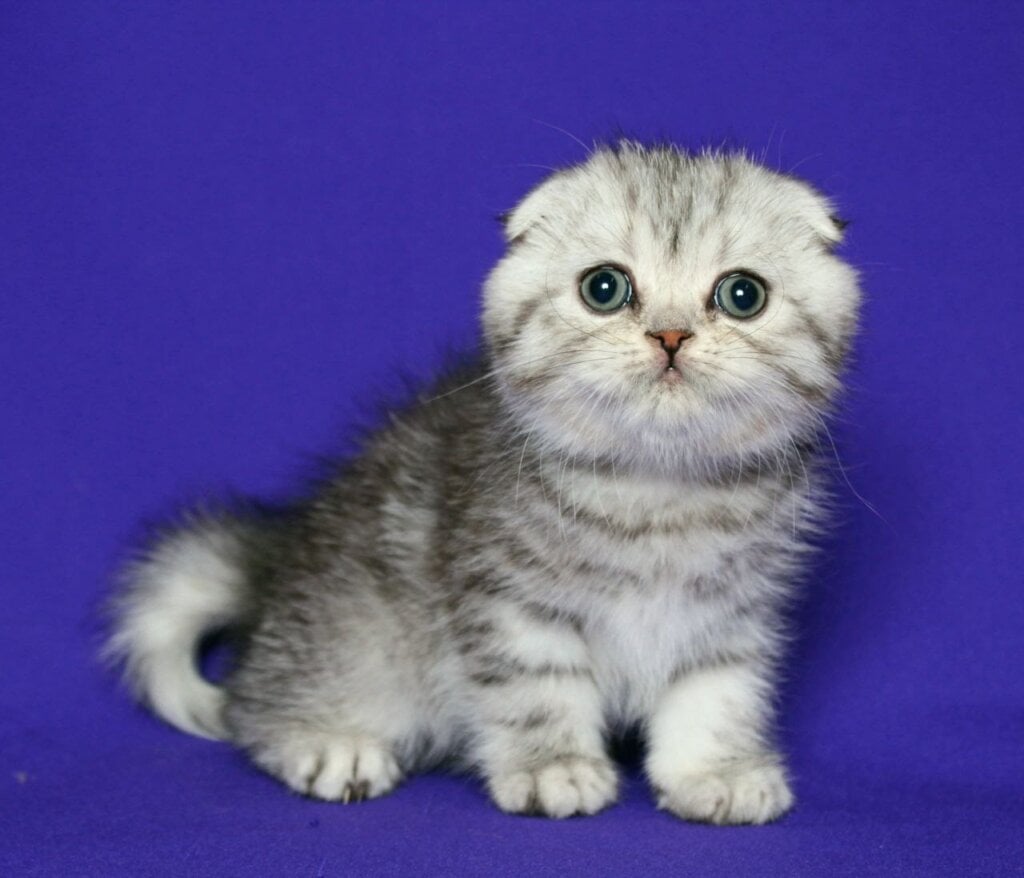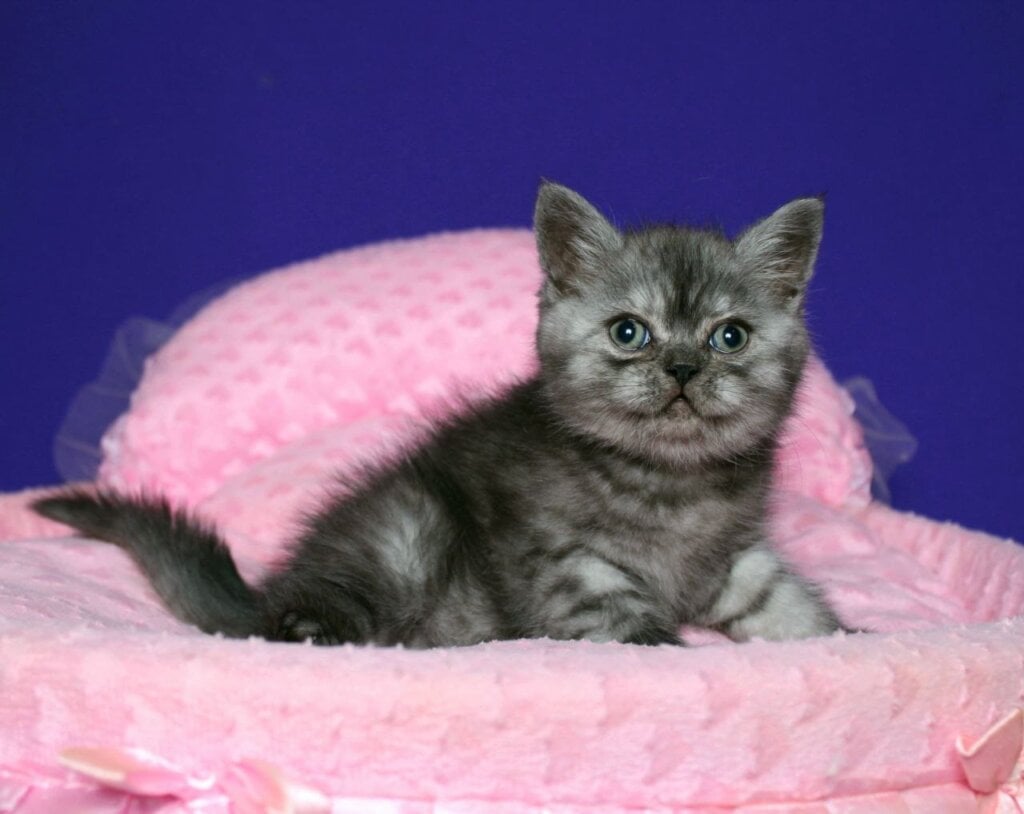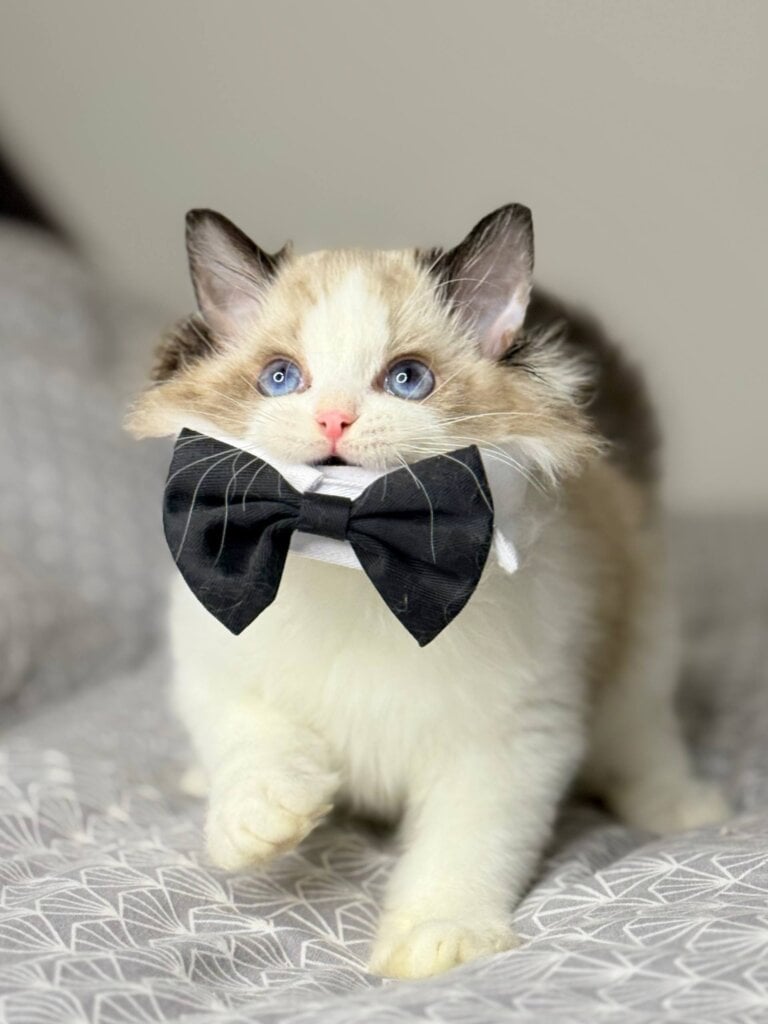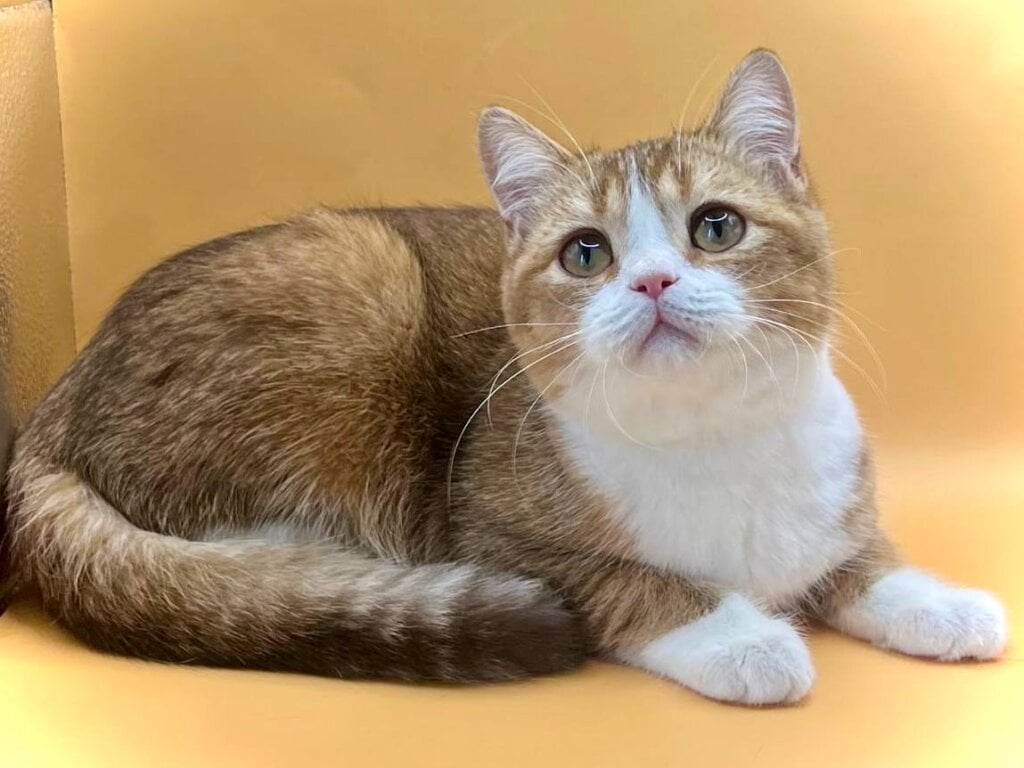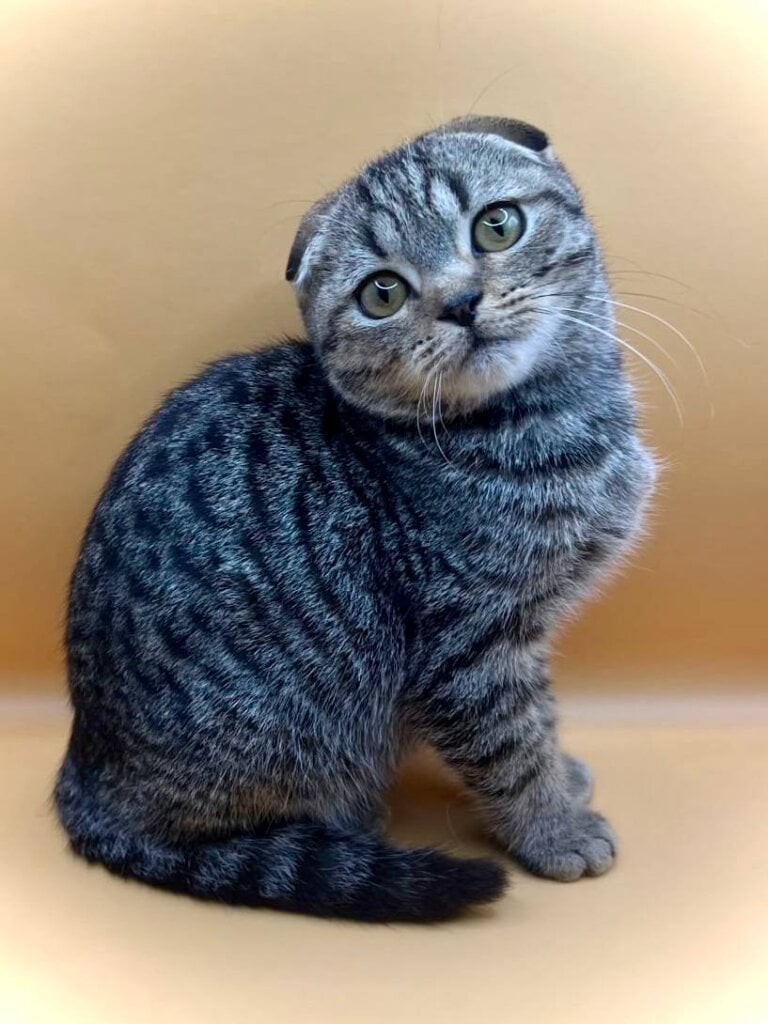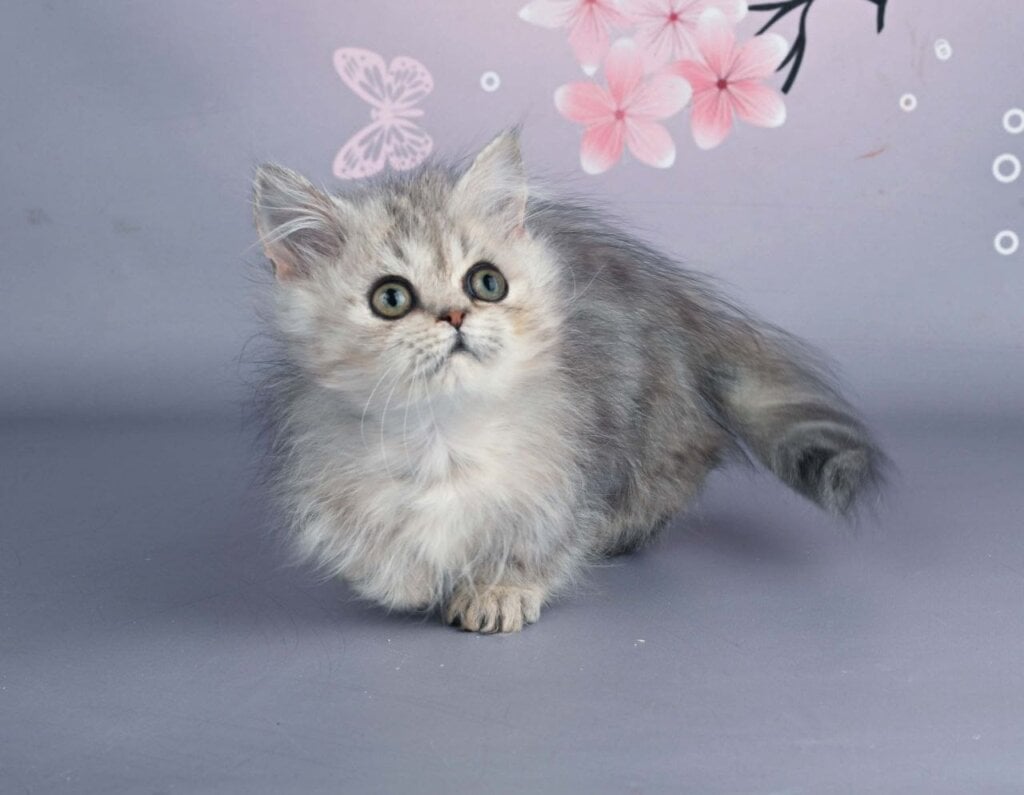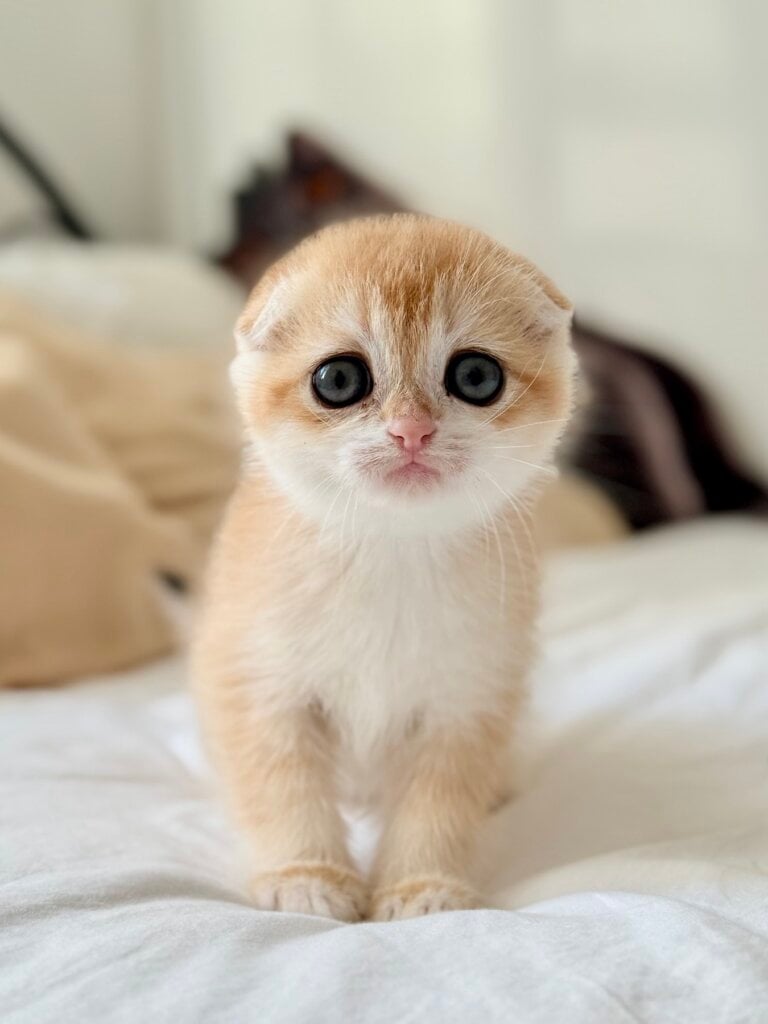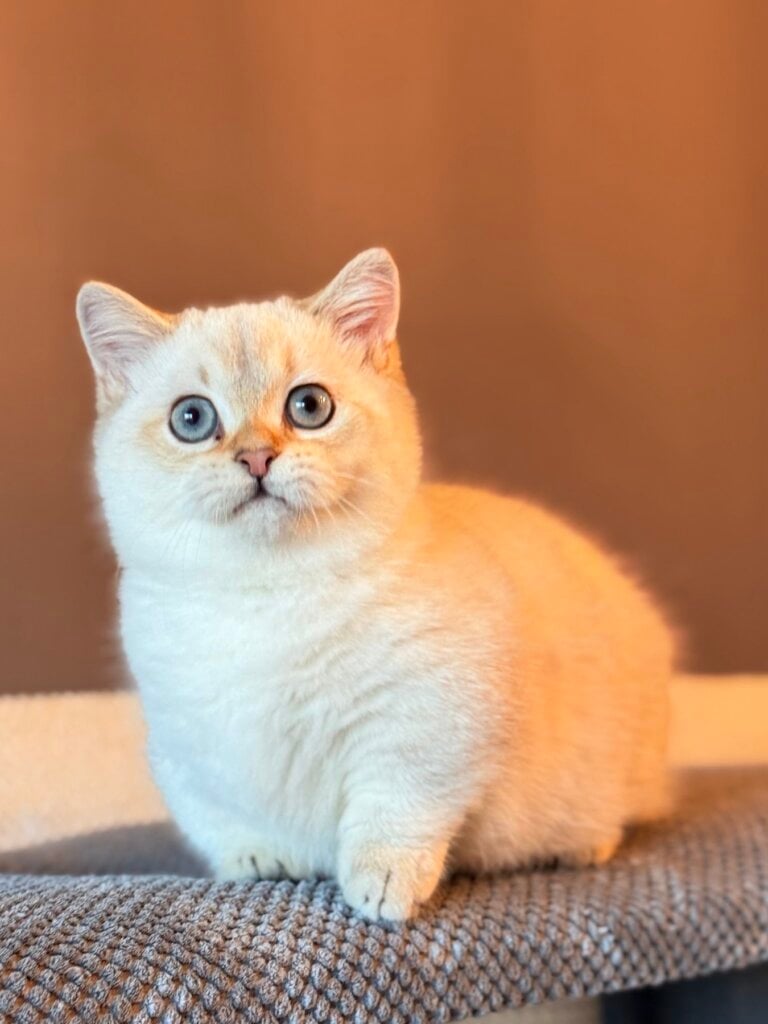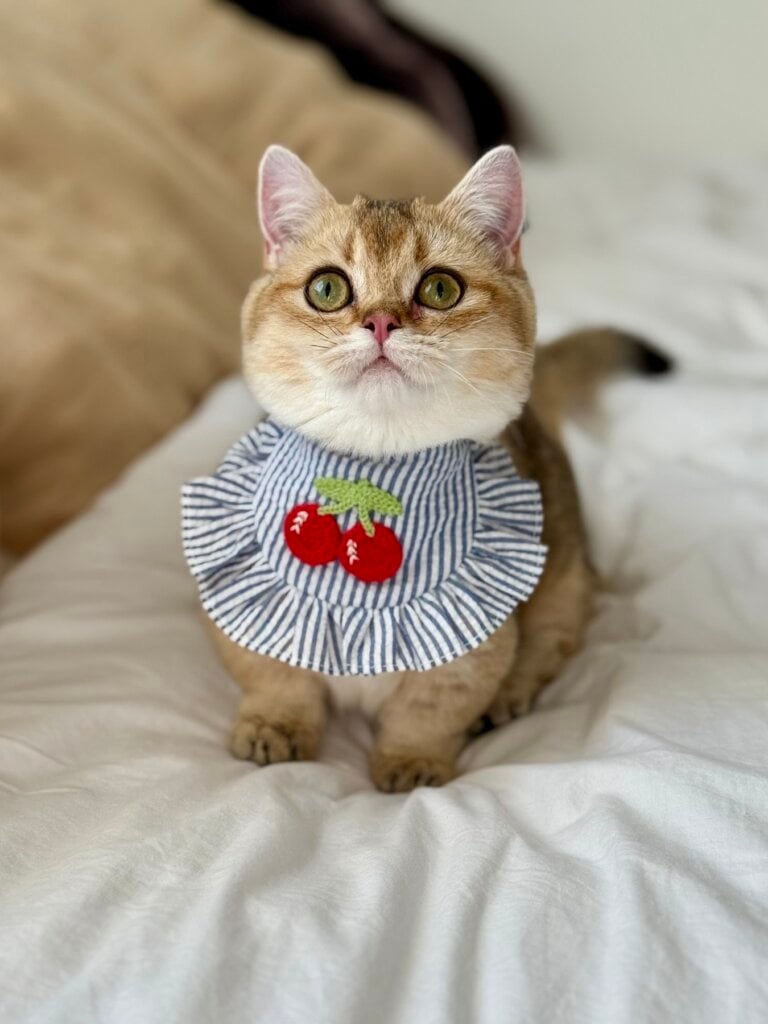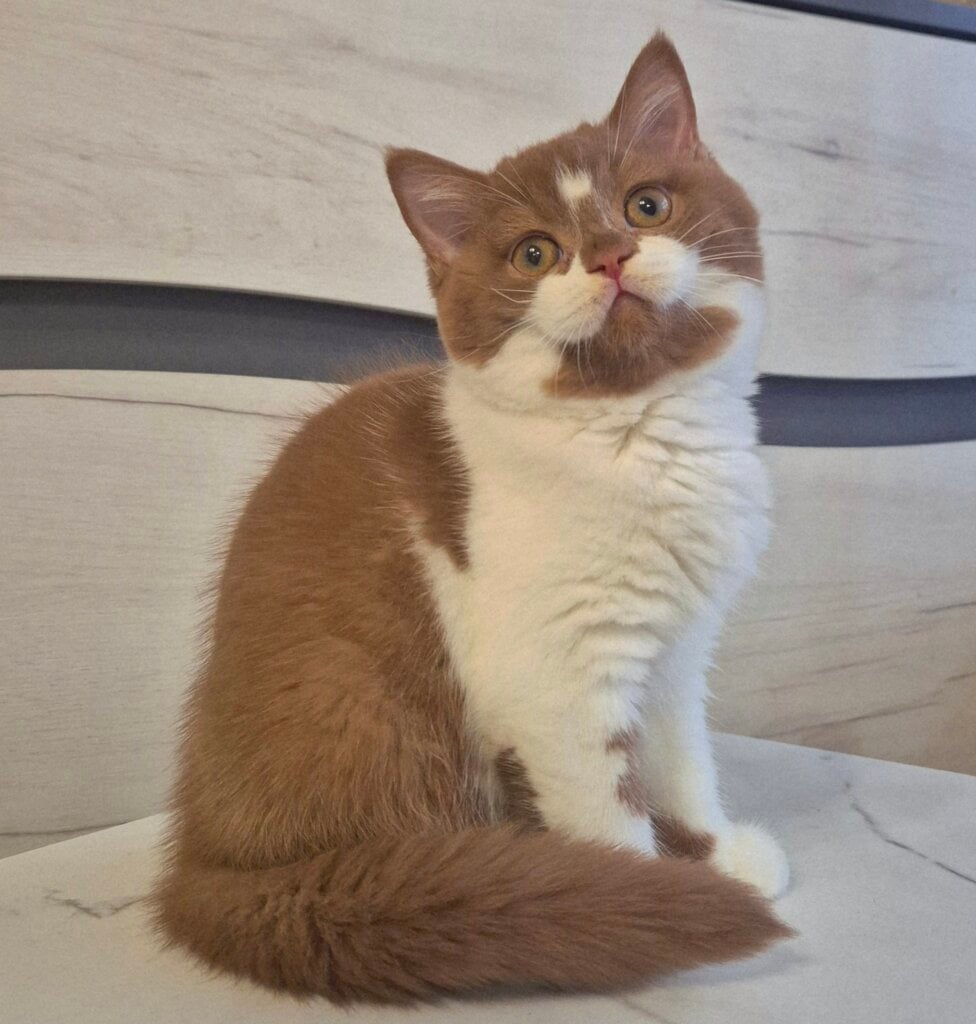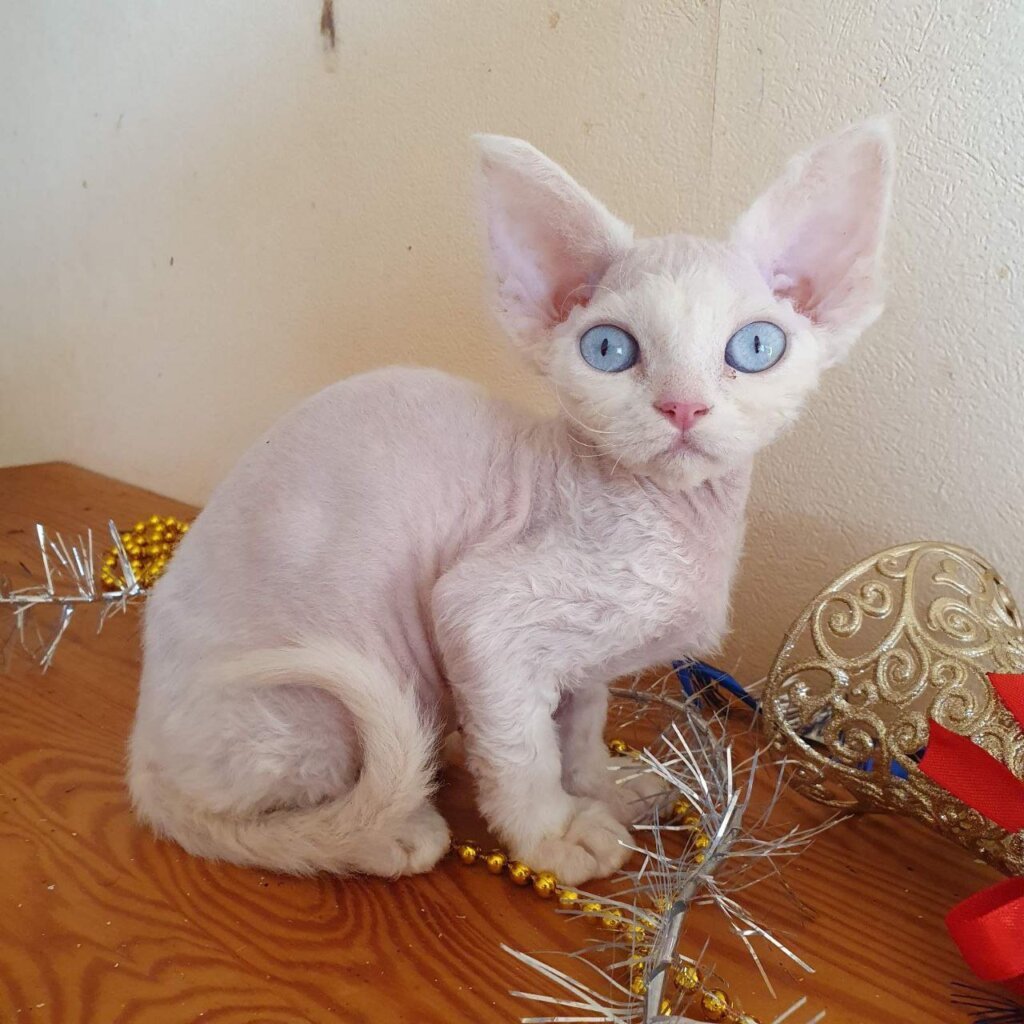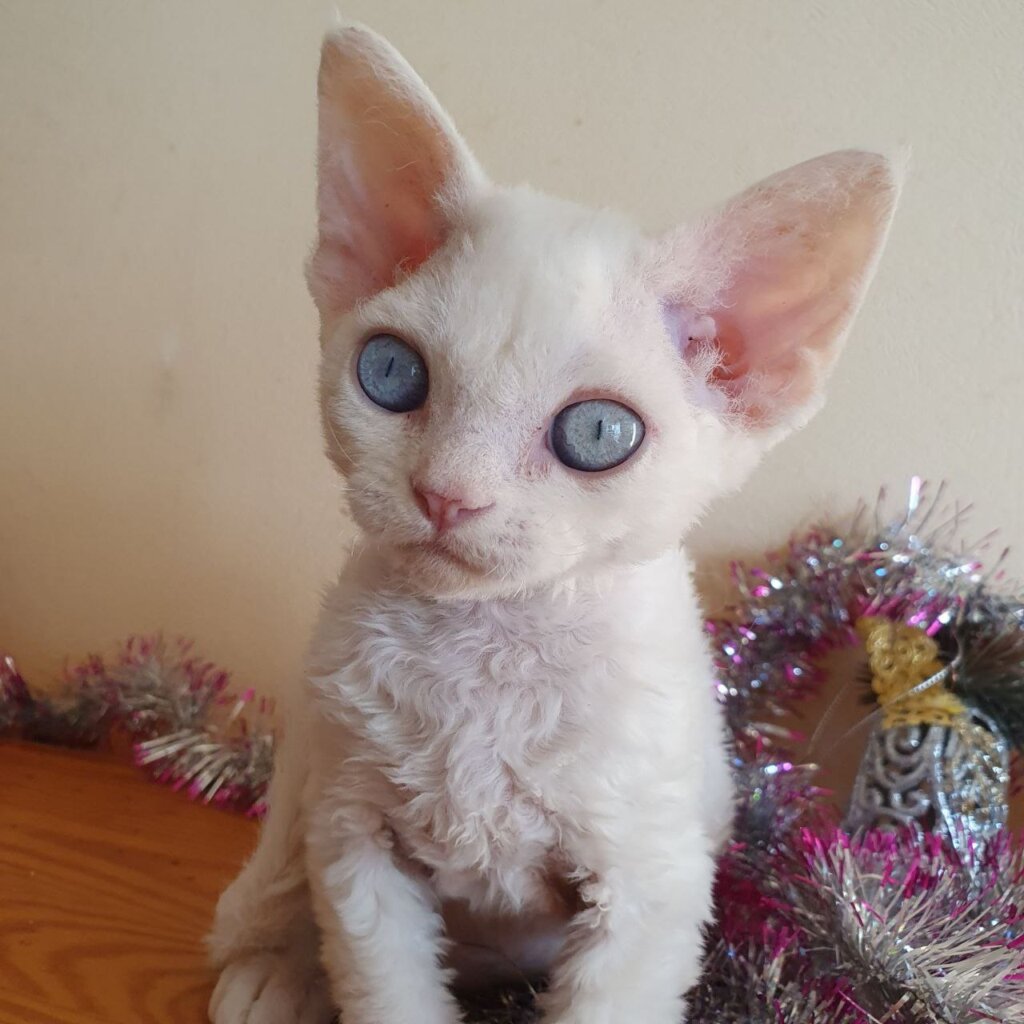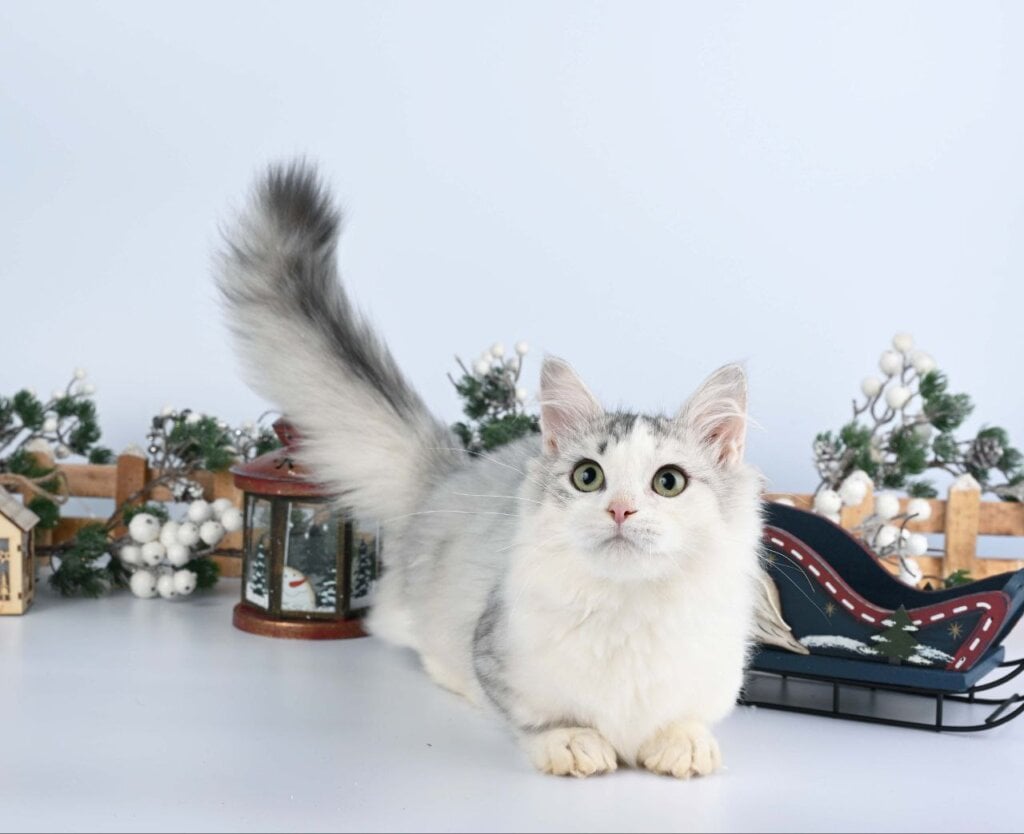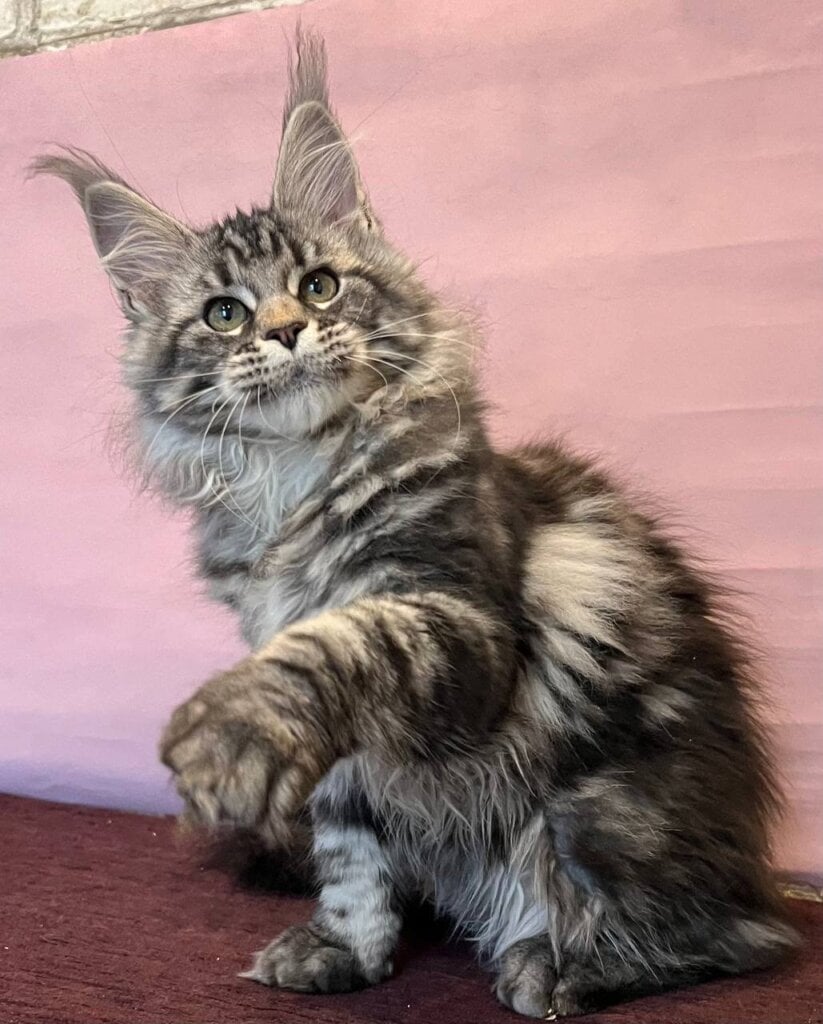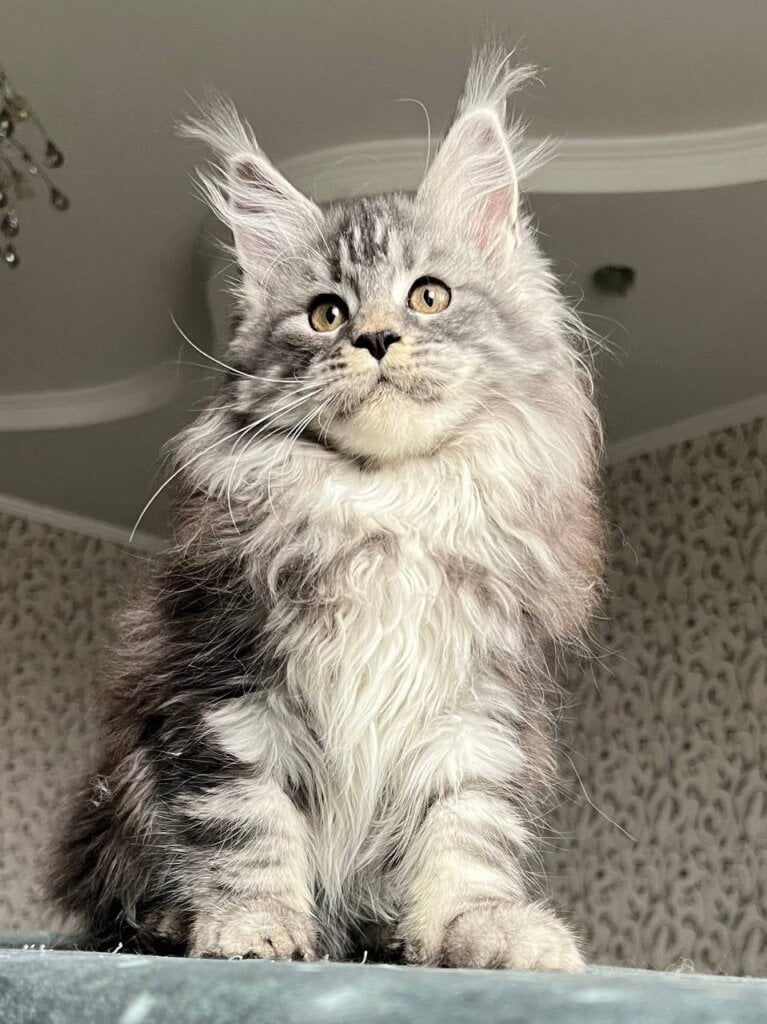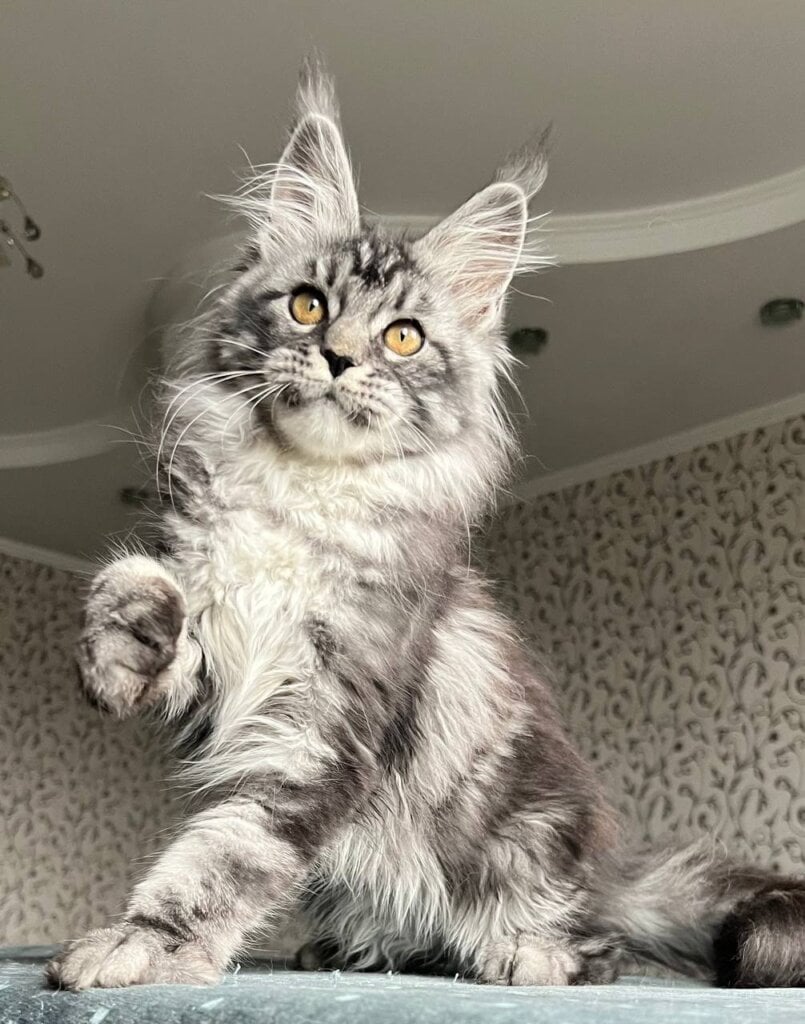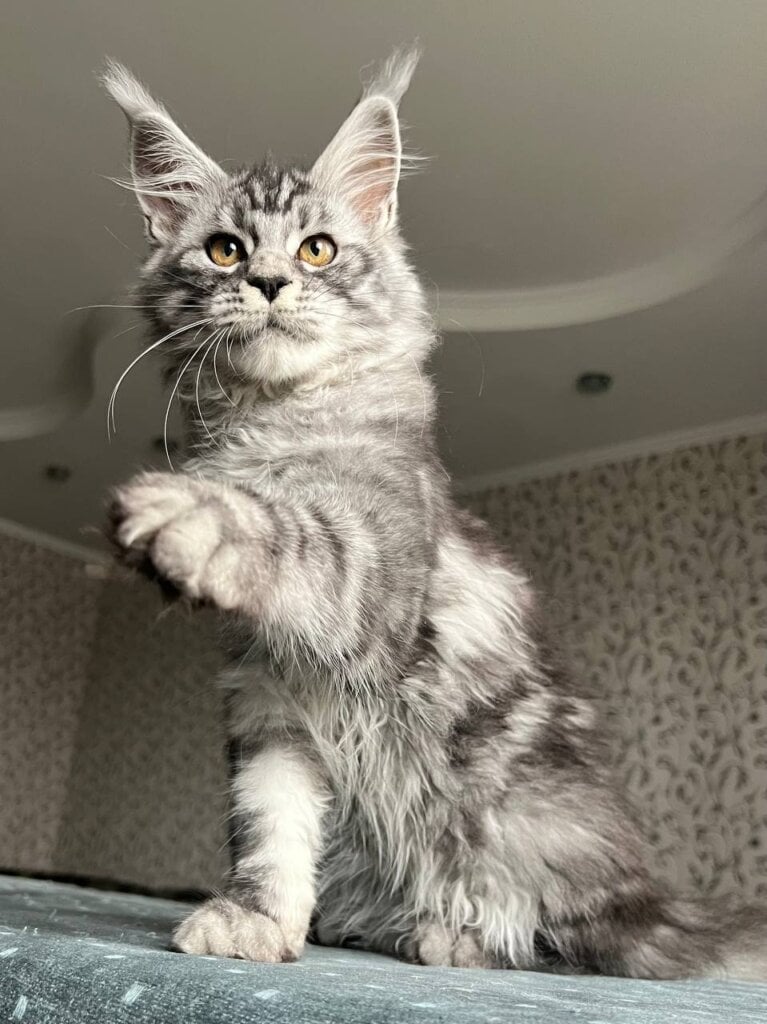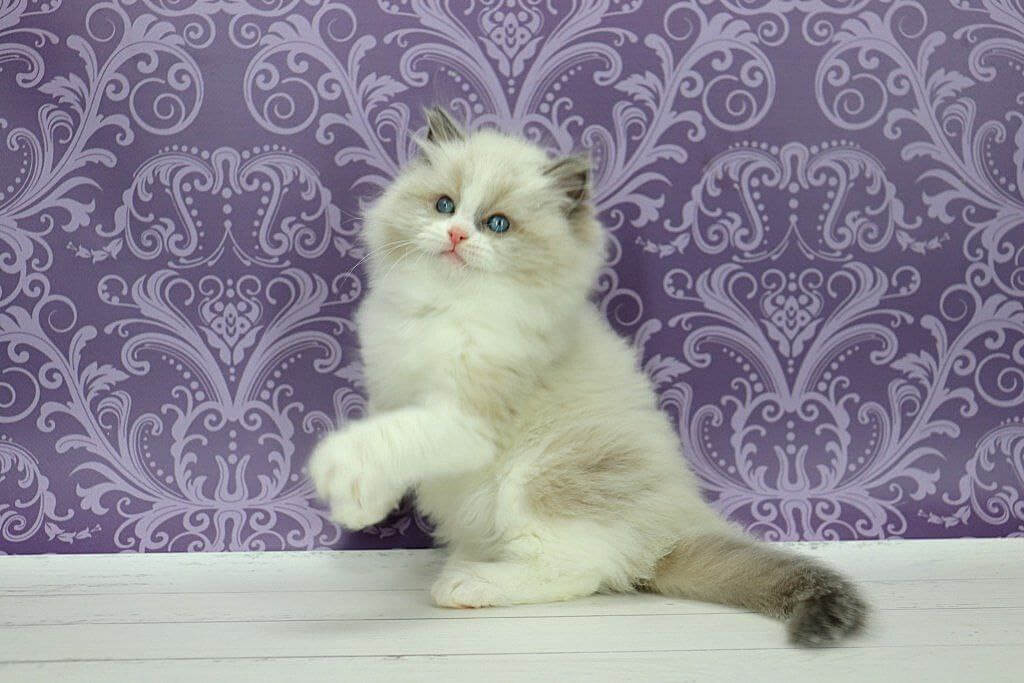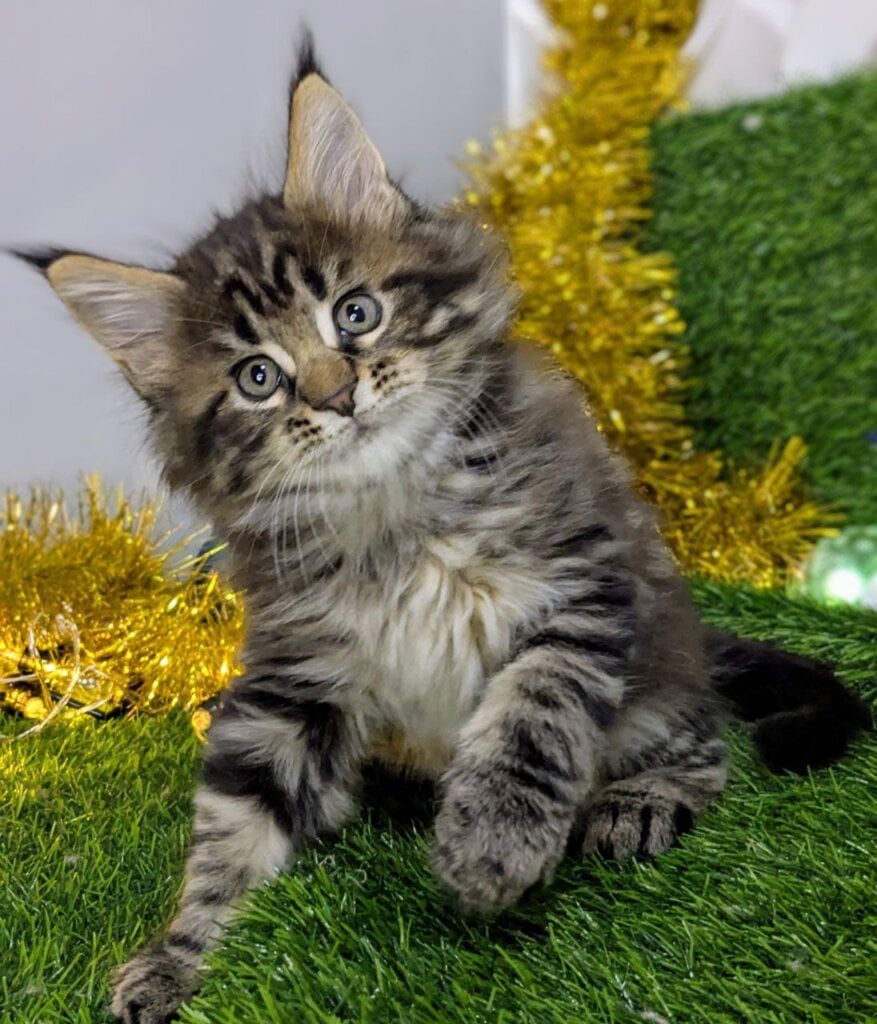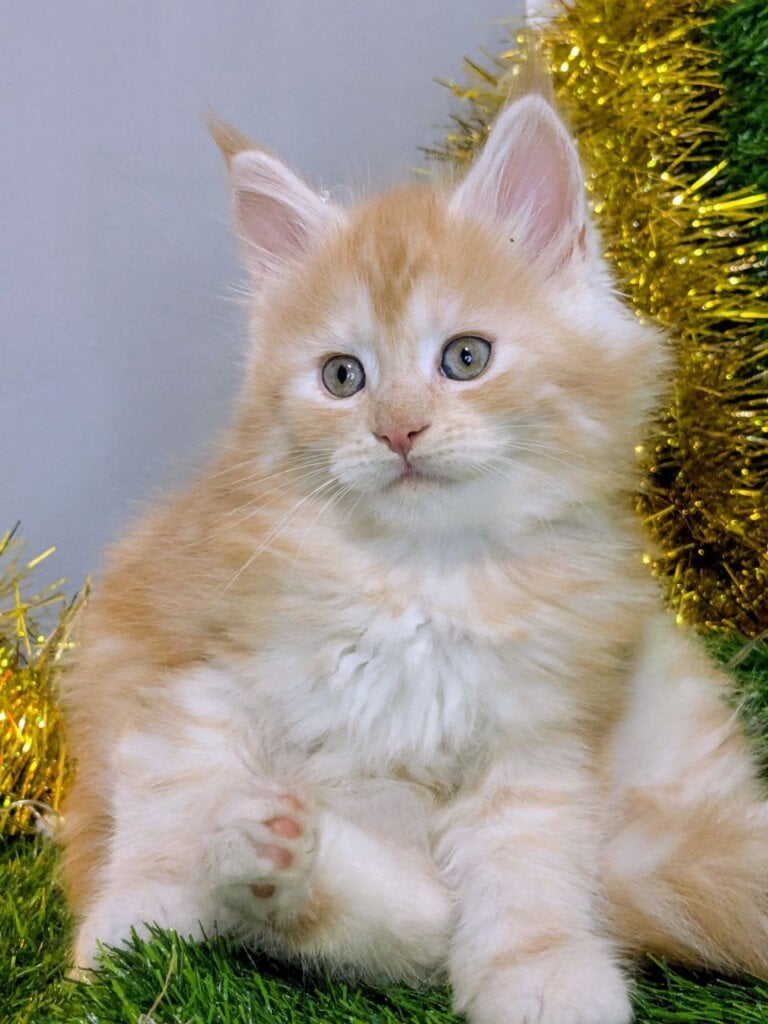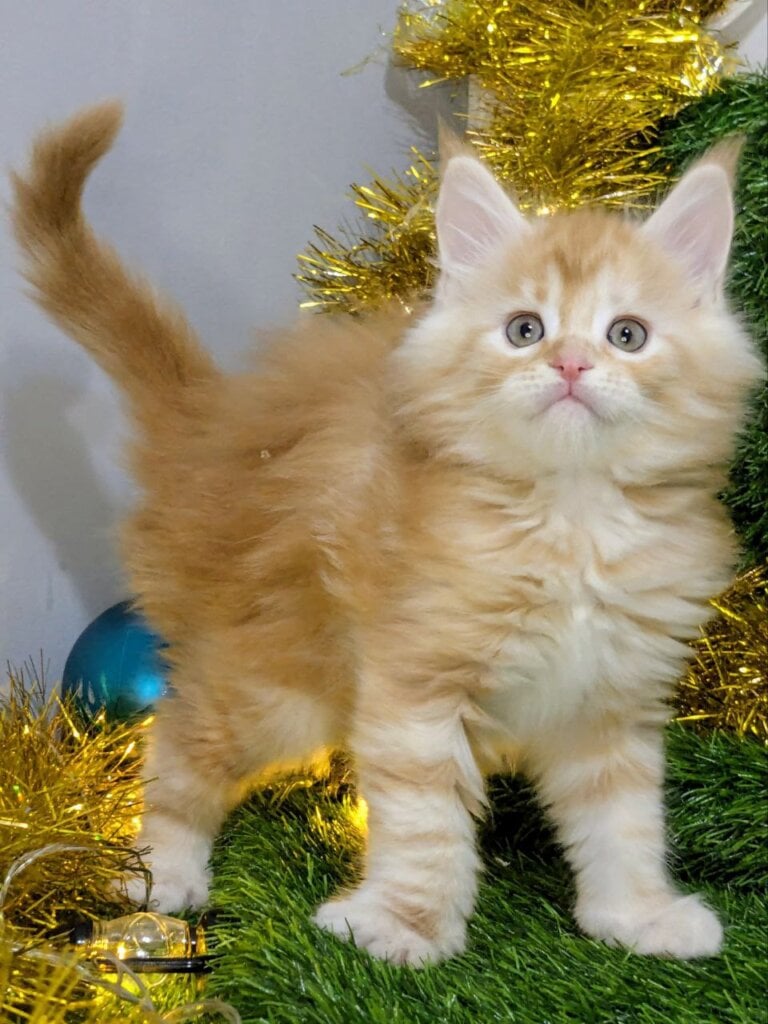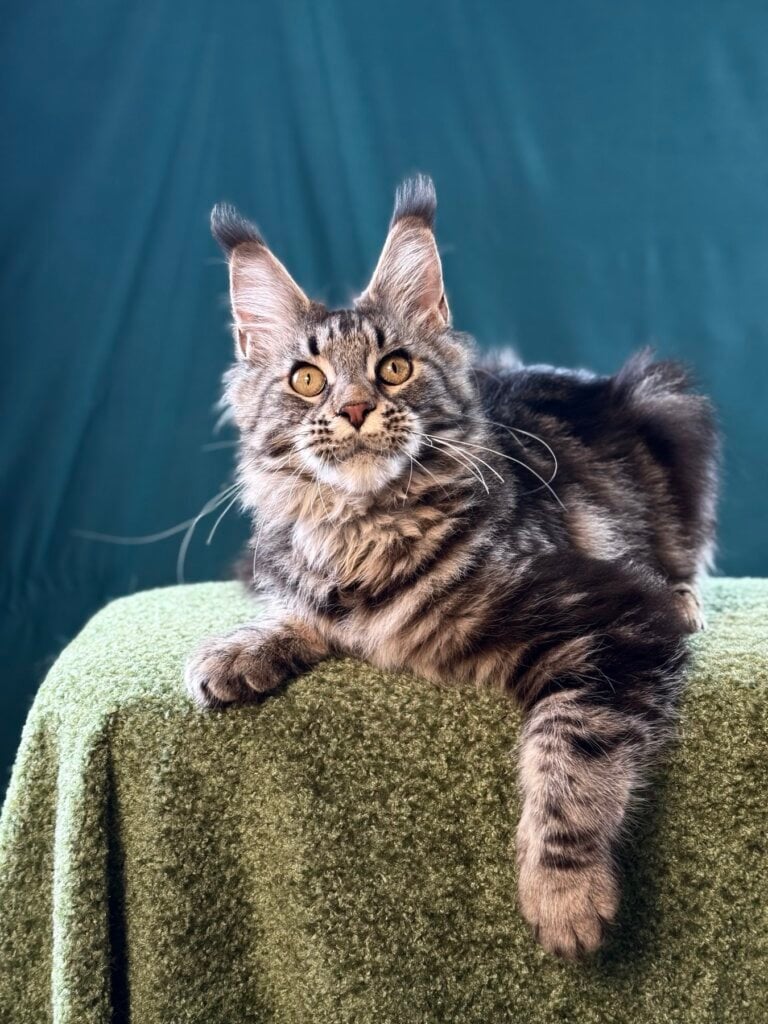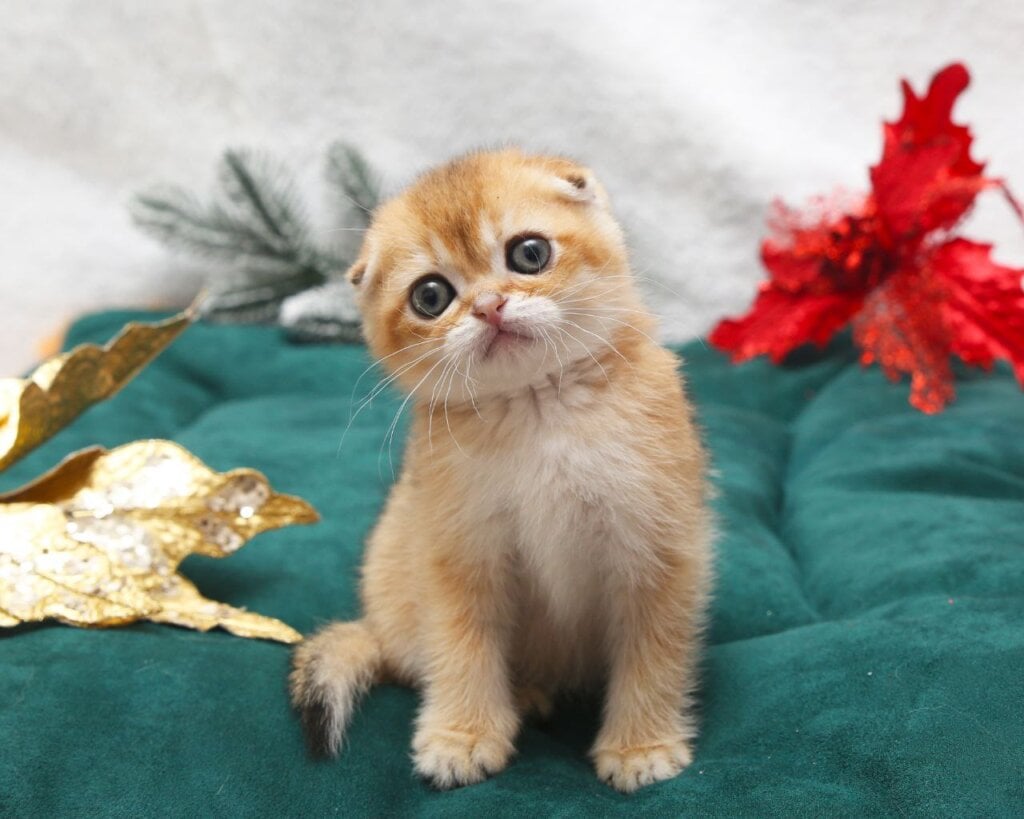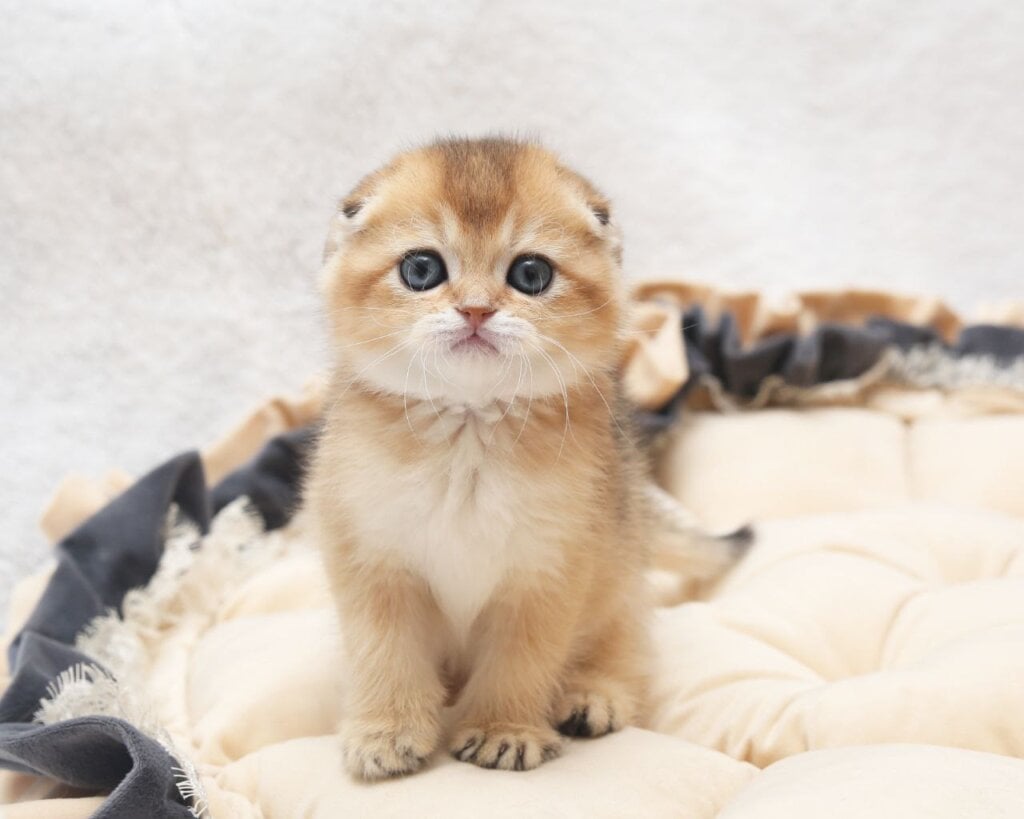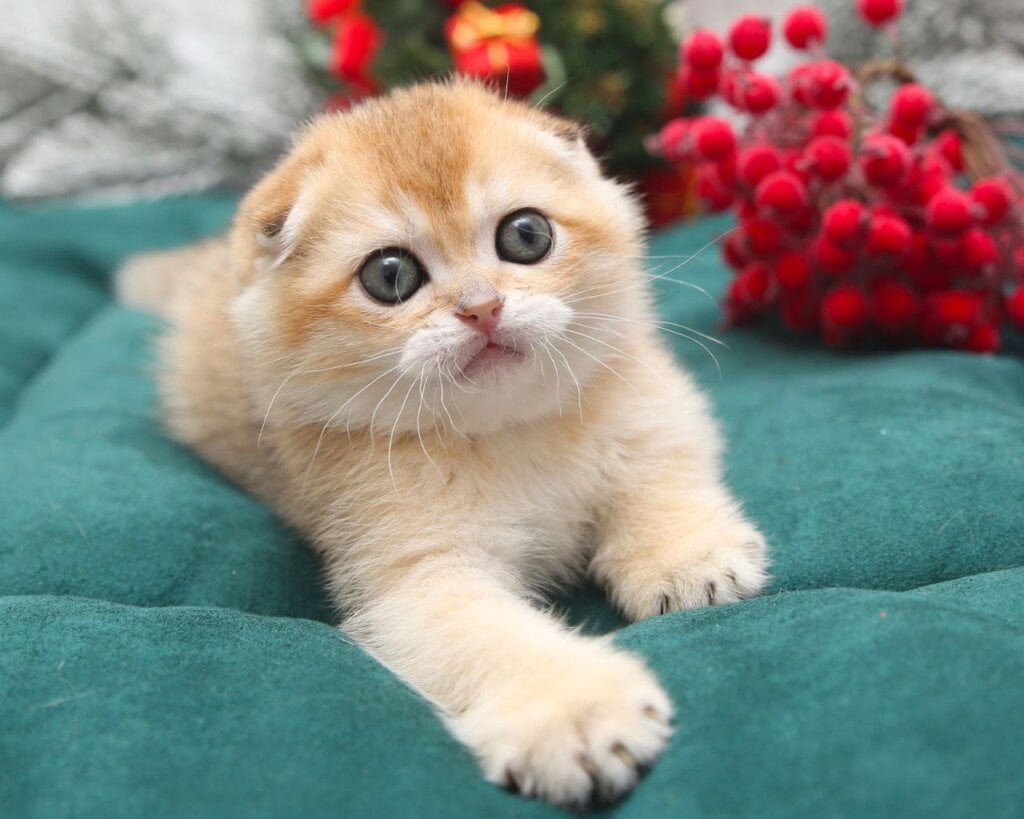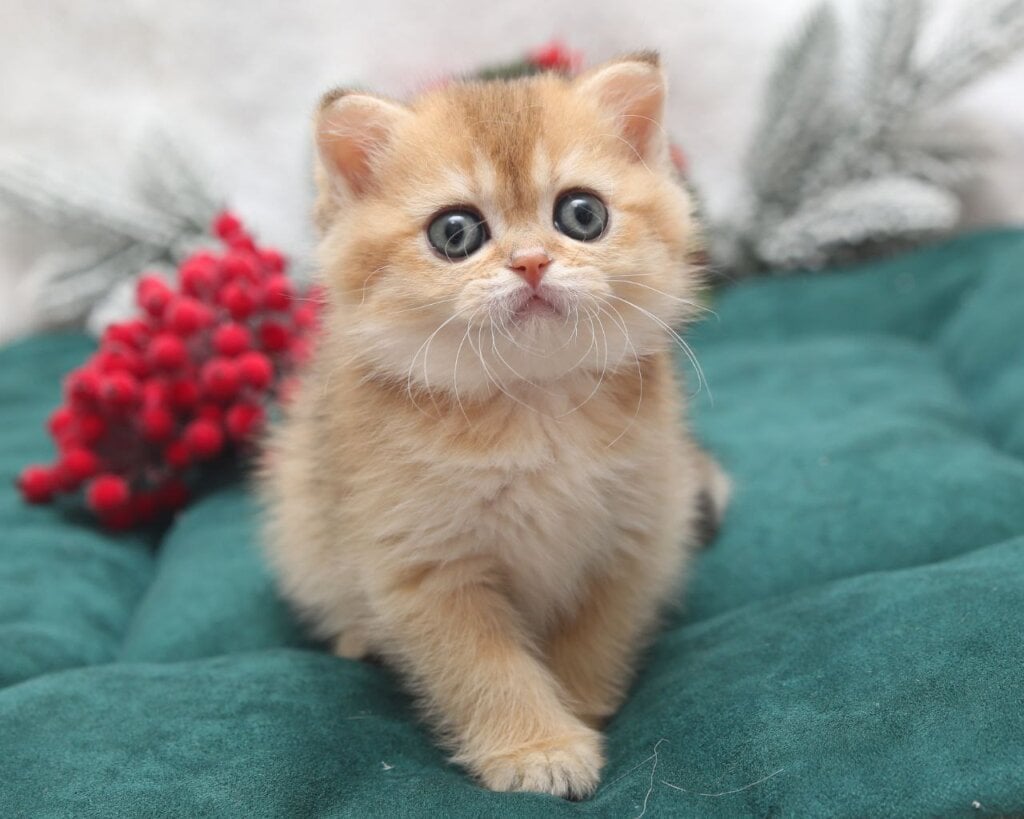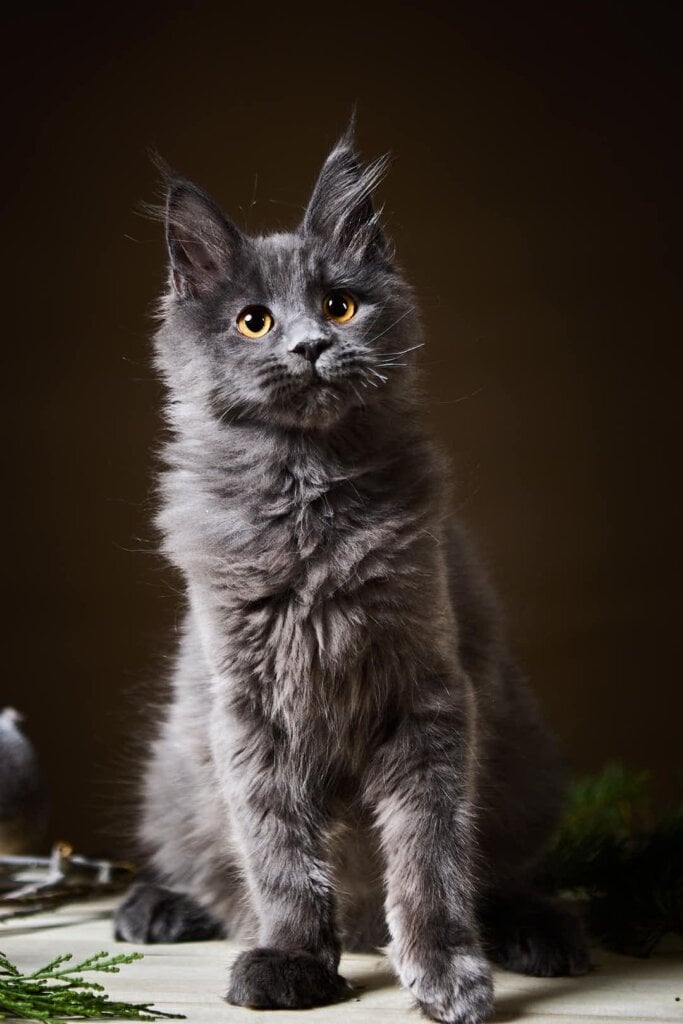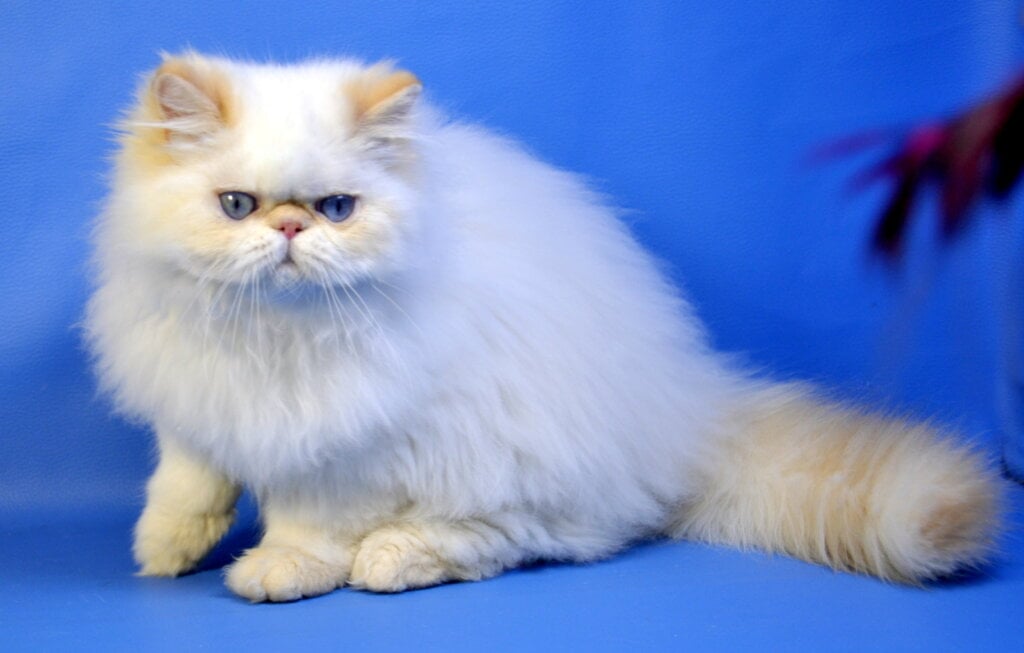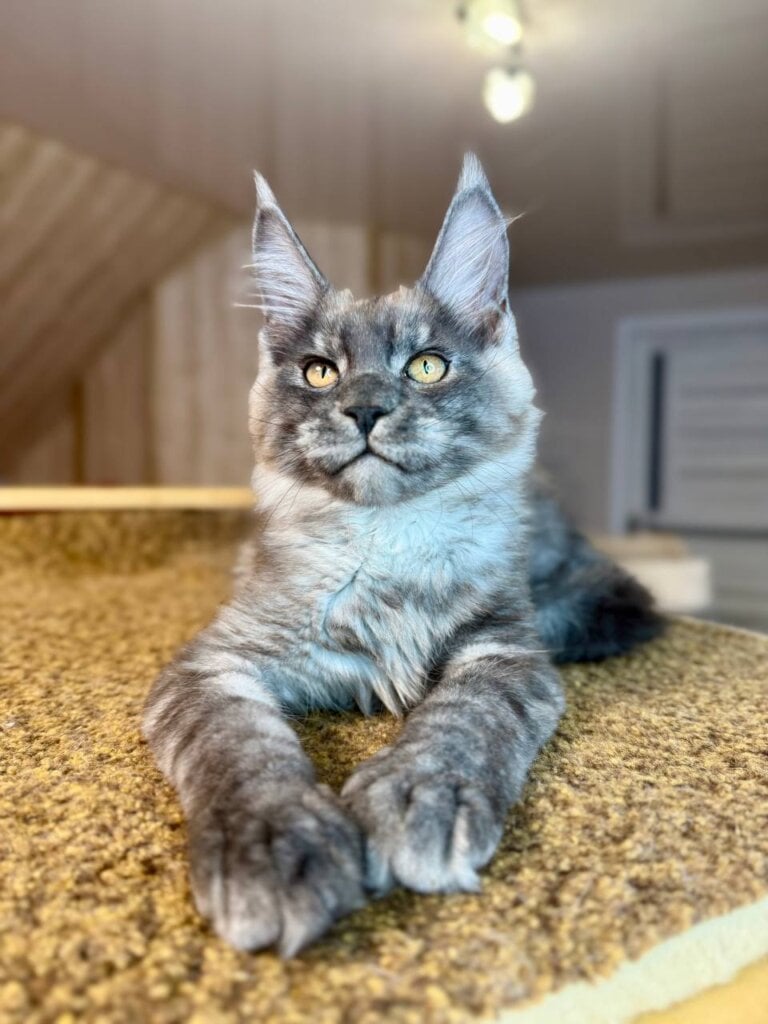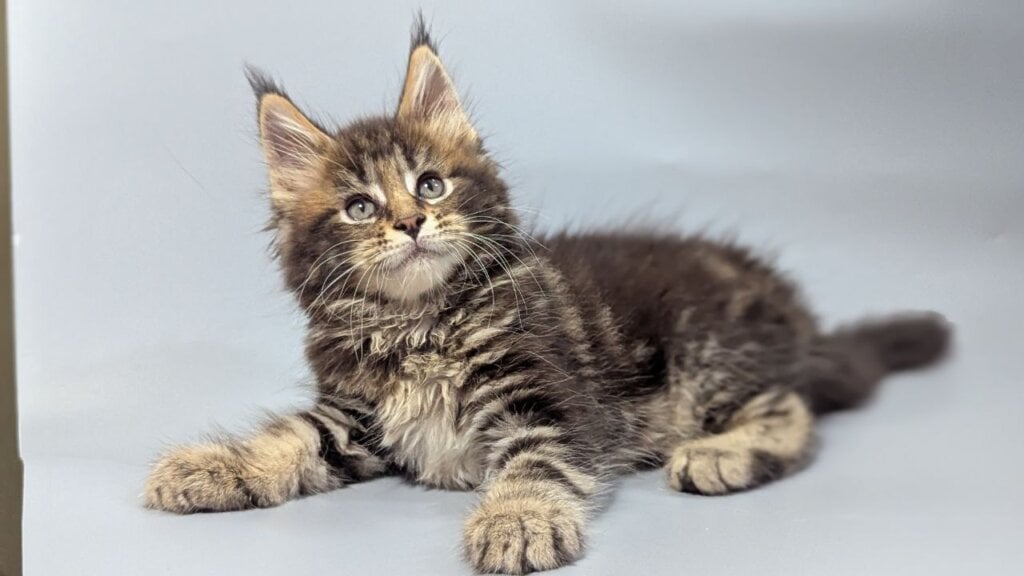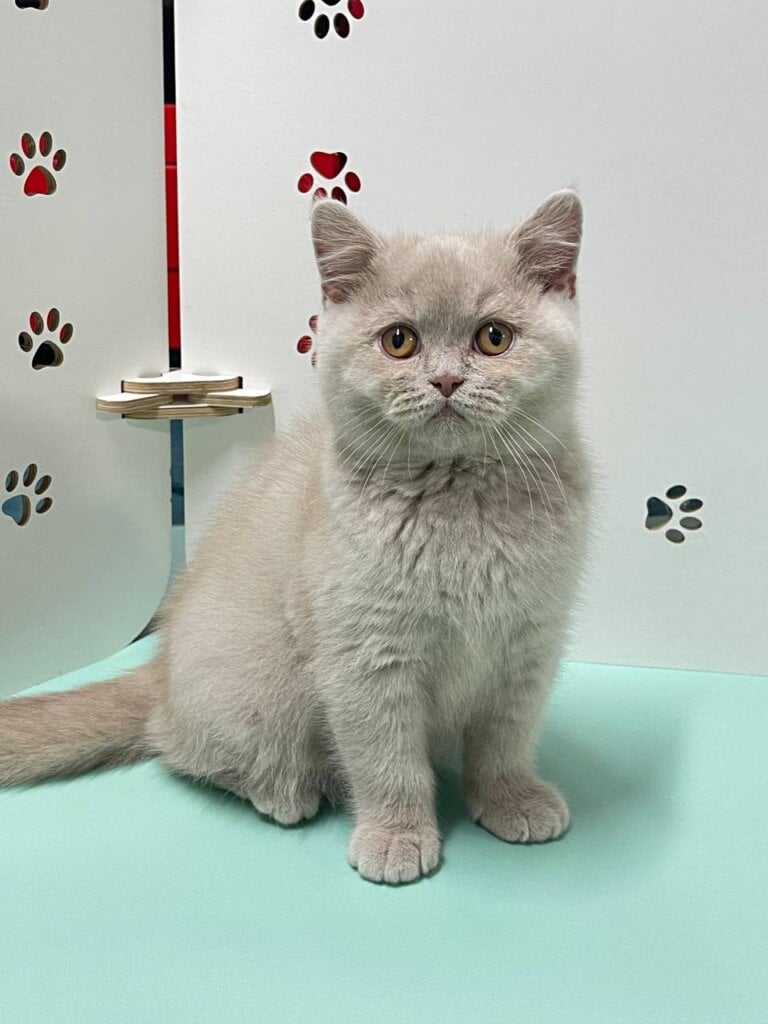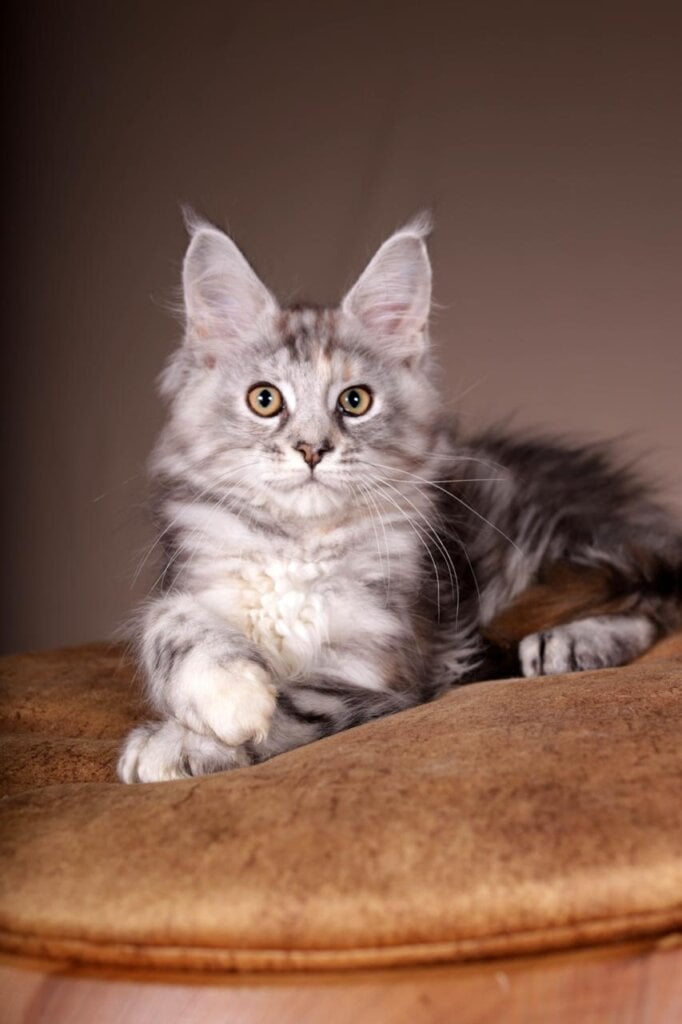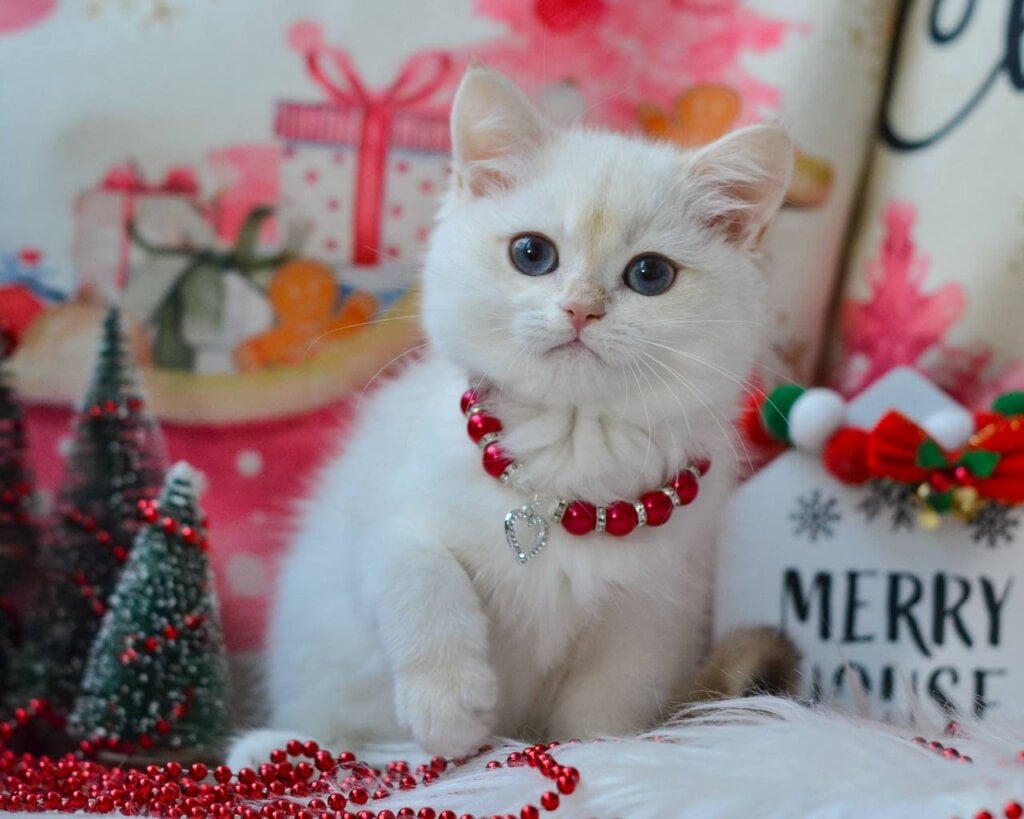Scottish Fold cats are banned in a number of countries, primarily because of health issues associated with their genetic mutation. Countries such as Scotland, the Netherlands, and parts of Australia outlaw the breeding or sale of Scottish Folds. These regulations intend to prevent the breed’s prevalent joint and cartilage problems. Regulations vary, so point is, it’s wise to check style laws before adopting a Scottish Fold. The next section details these bans and their causes.
The Fold’s Genetic Curse
Scottish Fold cats are adorable for their folded ears, but lurking beneath this is a crippling bone and cartilage mutation. This mutation doesn’t merely sculpt their looks-it results in lifelong health problems that make it ethically questionable to breed these cats.
A Painful Mutation
The Fold’s unique appearance is due to an incomplete dominant gene. This gene alters the cartilage in the ears, causing them to fold down and forward. The mutation does more than simply fold the ears. It’s a genetic curse that afflicts cartilage and bone in the entire body and not only in the head. All Fold cats, even heterozygous Folds, are at risk. The mutation induces osteochondrodysplasia, a condition that causes bones and joints to grow abnormally.
Most people don’t realize that this is more than an itch. It causes pain and difficulty walking – even in kittens. Too many families get a Scottish Fold for its adorable appearance, unaware that the cat may endure a life of pain.
Inevitable Suffering
Osteochondrodysplasia is more than just painful. It results in crippling arthritis, joint rigidity and occasional complete lameness. Others develop joint swelling and exostosis-additional bone growths that limit their ability to walk or jump. These alterations begin early and compound with age regardless of how well the cat is treated.
Treatments are scarce. Pain medicine can assist a bit, but it doesn’t halt the advance of the disease. Surgery is dangerous and merely temporary. We’ll have to quit propagating cats carrying the fold gene to put an end to these issues.
This information has prompted some animal scientists and veterinarians to advocate for an end to Scottish Fold breeding. They say that no cat should have to suffer with pain for a look.
The Scientific Proof
Years of research support these concerns. Research demonstrates that all Scottish Folds exhibit some osteochondrodysplasia symptoms, mild or severe. X-rays and exams frequently uncover arthritis and new bone growths even in outwardly healthy cats. Researchers have connected the gene for folded ears directly to the joint and bone issues. The data is so compelling that certain countries have prohibited breeding folds.
Scottish Folds are popular, but their suffering is real.
Science makes the risk clear.
The case for banning is strong.
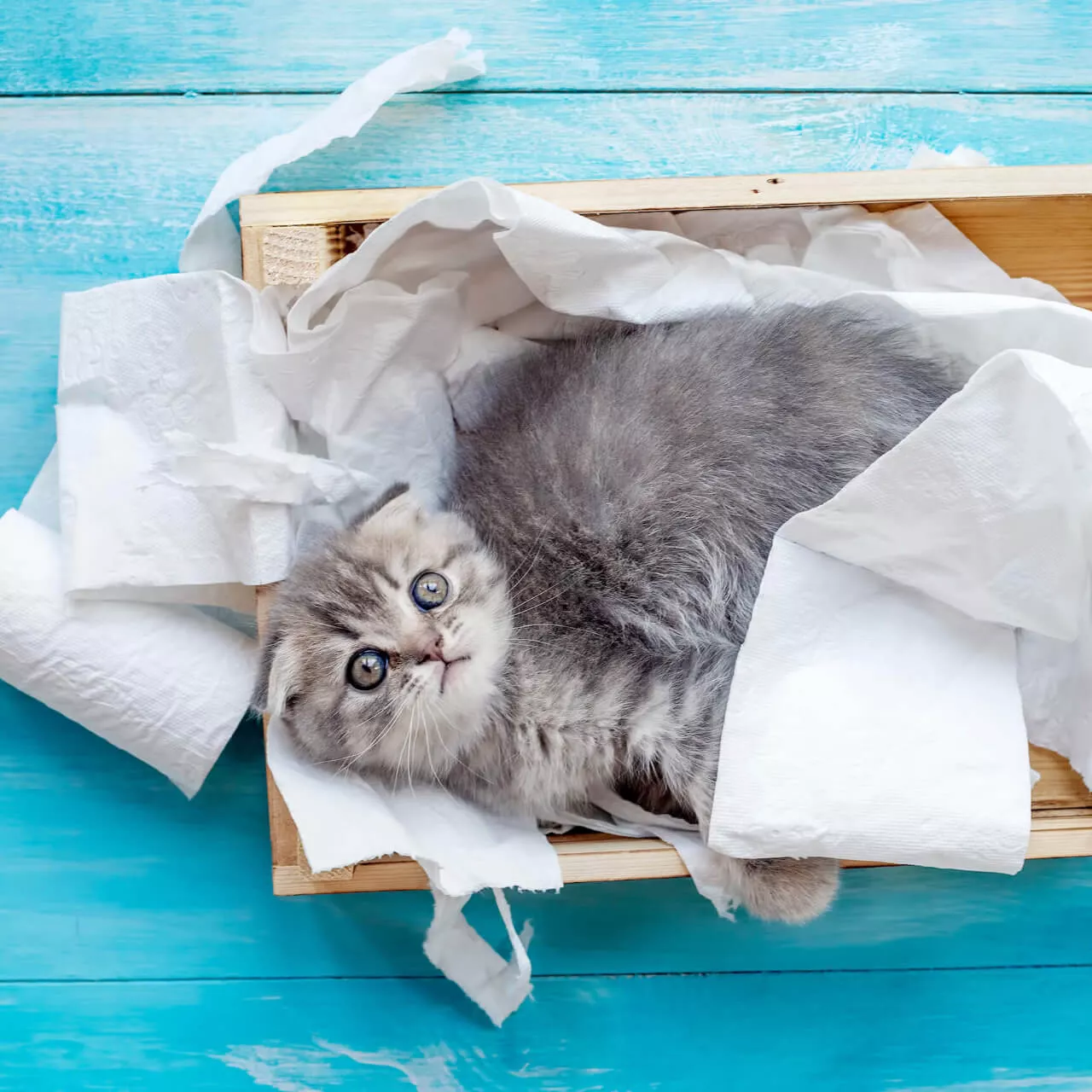
Where Are Scottish Folds Banned?
Scottish Folds, with their unique folded ears, have caused controversy across the globe. Certain locations have moved to prohibit or limit this breed for their welfare. Laws and rules evolve, so here’s the lowdown on where Scottish Folds are banned or heavily regulated, and why those decisions were made.
Austria
In Austria, it’s against the law to breed Scottish Folds. That’s because the gene that folds their ears is the same one that delivers painful bone and cartilage issues. The Austrian Animal Welfare Act prioritizes animal health, prohibiting breeding that might lead to harm or suffering. While you may still find Scottish Folds in the home, new kittens are not legally bred there.
Belgium
Belgium is equally steadfast on animal welfare. Where Can’t Scottish Folds Be Bred or Sold? This ban intends to prevent the health problems associated with the breed’s gene, including joint pain and premature arthritis. Belgian animal officials emphasize that while these felines are adorable, their pain can’t be ignored. Anyone caught breeding Scottish Folds may be levied fines or have their license to breed revoked. This methodology attempts to shield cats from unnecessary suffering and prioritize their welfare.
The Netherlands
The Netherlands has made its stance clear: Scottish Fold cats cannot be bred or bought. Their animal welfare laws are centered on preventing the propagation of genetic diseases. They think the folded-ear trait in Scottish Folds is an indicator of a serious cartilage defect, which does more damage than good. It’s not just breeding – it’s selling, too, so shops, breeders and even online listings adhere to this. The Netherlands is one of the most notable for its strict enforcement, and this has prompted others to consider their own rules on Scottish Folds.
Victoria, Australia
Scottish Folds are banned in Victoria under The Prevention of Cruelty to Animals Act 1986. The primary issue is the painful bone and cartilage problems these cats suffer from. The legislation protects cats with the fold gene, even if the fold isn’t visible. Other areas of Australia still have Scottish Folds permitted, but Victoria’s position is among the most harsh.
Victoria’s laws are quite explicit. No one can breed Scottish Folds and anyone who does might be facing some hefty fines.
Evolving Policies
Elsewhere, jurisdictions have begun to reconsider as well. The UK, which used to have a number of Scottish Fold breeders, now has less of these cats owing to welfare concerns. While they don’t ban the breed outright, some countries do warn the public about the risks. Others foresee new bans soon, with one place already set to ban Scottish Folds as pets from January 1, 2026.
The Ethical Dilemma
Scottish Fold cats are banned or restricted in several countries over increasing health and welfare concerns. Fed by the breed’s signature folded ears, which stem from a genetic mutation. This very gene can lead to agonizing bone and joint issues. For a lot of people, the distinction between adoring an unusual pet and abusing it is a fine one.
Breeding for Deformity
Scottish Fold’s folded ears aren’t just adorable. They’re the result of a mutation that alters the way cartilage develops, not just in the ears but throughout the body. This can result in osteochondrodysplasia (OCD). OCD causes pain, stiffness, and even makes it difficult for the cat to jump or walk. Some Scottish Folds have joint swelling or even become lame at a young age. Many require daily attention, pain management, or specific nutrition to remain comfortable. The issue isn’t uncommon-virtually all folds carry the gene, and most will exhibit some degree of lameness by old age. Even cautious breeding can’t entirely eliminate it.
A Question of Morality
Others contend that it is unethical to breed Scottish Folds. They say that engineering cats with a high probability of suffering throughout their lives isn’t fair to the animal, even if it’s intended to make them appear unique. The fashion of breeding for specific traits-such as the folded ear-can take precedence over the feline’s welfare. There are breeders and owners that have ceased breeding Scottish Folds for this very reason. They’ve converted to different breeds or simply had their cats spayed and neutered. On the flip side, others feel that you can selectively breed healthy Scottish Folds by outcrossing to other breeds, or only breeding cats without evidence of joint issues. There are no promises, as the ear fold gene is forever tied to bone risk.
Consumer Responsibility
As owners, potential owners and fans of the Scottish Fold, we must seriously consider this information before scooping up our next cat. It’s more than just liking the aesthetic of the cat. What buyers need to know: Educate yourself on the breed’s potential health risks, request evidence of health checks from breeders, and prepare for additional daily care. That’s beyond just vet bills. It can mean assisting a cat in relocation, administering medicine, or confronting chronic ear and bone issues. Others, such as Scotland and the Netherlands, have banned or restricted Scottish Folds entirely, stating that animal welfare takes precedence. Any responsible pet owner needs to consider these realities before deciding.
A Breeder’s Counterargument
Certain countries have banned or restricted Scottish Folds because they are concerned about health problems, especially OCD. Breeders, however, frequently note that with an appropriate strategy, a lot of these worries can be addressed or even reduced. Their arguments are for breeding ethics, health testing and education – not bans.
Responsible Breeding
A breeder’s counterargument is that the best way to reduce the risk of OCD is to breed responsibly. They emphasize that not all cats of this breed will get the disease. Breeders for decades have witnessed healthy Scottish Folds live full lives when bred responsibly. They think that rigorous standards, routine health screening and transparent registries keep the breed healthy. Breeders typically maintain extensive family trees and pedigree documents, allowing them to identify lines that could be more susceptible to health issues.
Outcrossing Claims
Outcrossing as a tool to reduce OCD risk in some breeders. Outcrossing is the practice of breeding Scottish Folds to other breeds, such as British Shorthairs or Scottish Straights, to introduce new genes and reduce health concerns. They claim it can help decrease the likelihood of transmitting the TRPV4 gene mutation associated with OCD. Though not a panacea, outcrossing at least was progress. It’s not uncommon for breeders to be very strict about which cats get bred – sticking to those who test negative for the gene. Yet breeders concede the danger is not over for good, but prudent matching can make a difference.
Health Guarantees
A lot of breeders even provide health guarantees for their kittens, demonstrating their confidence in their processes. They often screen sire cats for the TRPV4 mutation prior to breeding. This assists in determining which cats could transmit the threat of OCD. If a breeder discovers that a cat is more vulnerable, they can simply not use that cat in their program. Many breeders provide ongoing health care and guidance to the families who take their kittens home. They take this as evidence that conditions such as OCD are holdable when we all join hands. Breeders counter that OCD isn’t just a fold problem-a lot of cat breeds have health risks, and banning isn’t the solution.
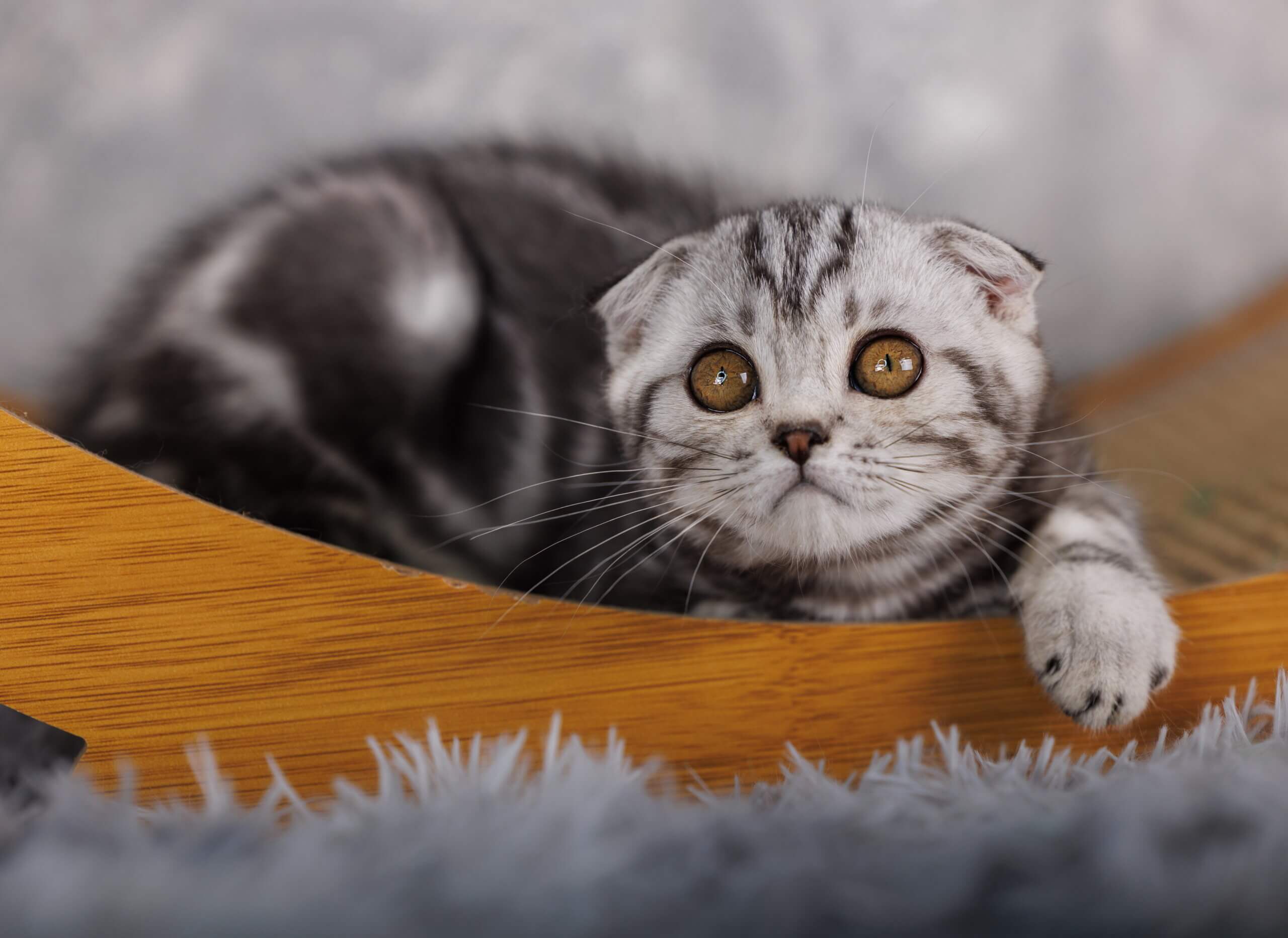
The Ban’s Ripple Effect
These Scottish Fold cat breeding bans are more than policy – they influence our mindset toward pet welfare, alter breeding practices, and transform global dialogue around pedigree animal ethics.
Unintended Consequences
Where breeding is banned, like in Victoria, Australia under The Prevention of Cruelty to Animals Act 1986, or across places like Germany and the Netherlands, the goal is clear: stop the spread of health issues linked to the breed’s unique folded ears. Even so, these regulations don’t imply the cats disappear. They continue to swell in areas with looser regulation, like the US and Asia, so the type stays in demand and presence globally.
Even in countries where breeding is tightly controlled – Norway and Sweden, for example, have very strict rules – breeders occasionally attempt to bypass limitations. Others cross Scottish Folds with American or British Shorthairs in the hopes of minimizing genetic problems. That can work, but it doesn’t wash away the fundamental welfare discussion. The Scottish Fold’s appeal just intensifies as celebrities flaunt their cats online, sparking demand that outstripped laws.
A Broader Conversation
It’s not about Scottish Folds. They’ve sparked larger discussions about animal welfare and the morality of breeding for appearance. As more people witness the issues resulted from extreme characteristics– such as Pugs and Persians’ flat faces or Munchkins’ short legs, inquiries rise. Is it ethical to breed for looks if it implies health risks?
In the UK, for instance, Scottish Folds accounted for approximately 3% of cats purchased last year – bringing the overall total to nearly 100,000. This surge in demand – at least partially fueled by social media – should make it obvious to individuals that people still desire these cats, even in the midst of public warning and discourse. Ditto teacup Chihuahuas and other extreme breeds. The welfare conversation is rippling outward, not diminishing.
Shifting Focus
Certain breeders, confronted with fresh regulations, have attempted to shift gears. They’re now trying to breed healthier cats, mixing Scottish Folds with more robust breeds to sidestep the most dire health hazards. It’s a step in the right direction, demonstrating what can be done for good when breeders collaborate with welfare in mind.
Others educate buyers, making the risks transparent. That assists individuals in making decisions that prioritize animal welfare, even when fads suggest otherwise.
Bans alone cannot fix the problem.
Breeders need support and guidance.
Buyers need better information.
Lasting change means more than rules.
Living With a Scottish Fold
Life with a Scottish fold comes with its special necessities. Though their irresistible features and affectionate demeanor appeal to a wide audience, these felines are burdened with medical problems that define their existence and care.
Special Care Needs
Scottish Folds deserve more than the bare minimum. Their iconic ears folded over due to a gene that influences cartilage and bone, as well. Which signifies that all Scottish Folds, even those with a single copy of the gene, are at risk for health issues. Daily cleaning might be necessary, particularly for cats with runny eyes–a prevalent problem. You may have to wipe their eyes frequently in order to avoid tear stains and discomfort. These cats require soft bedding and gentle handling to prevent joint strain. Certain owners seek out ramps or steps to assist their cats in navigating, as leaping and landing can injure. Regular vet checks are a must to nip pain in the bud.
Recognizing Pain
Scottish Folds are susceptible to osteochondrodysplasia-a condition that affects bone and cartilage growth. It can manifest as stiff movement, limping, or difficulty jumping. Identifying signs of arthritis early is crucial. Be on the lookout for subtle shifts, such as reduced activity, hiding, or a limp. Not all cats scream in pain – some are silent or even start moving less. In certain instances, the osteoarthritis becomes so severe that movement hurts. Some cats require palliative care, like pain meds, surgery, or even more advanced treatments like palliative radiation to relieve symptoms. Owners need to be vigilant and proactive if their cat develops new or worsened symptoms.
Financial Commitment
While care for a Scottish Fold can be expensive. Vet visits are usually more numerous, particularly if the cat gets arthritis or requires surgery. Long-term treatments compound quickly. Medications, joint supplements and potential surgeries all carry a cost. Some owners even invest in physical therapy or special diets to make their cats feel better. That insurance might not cover everything. Getting ahead of these expenses is clever.
Global Attitudes and Bans
Austria and Belgium banned Scottish Folds over animal welfare issues. Other countries are considering bans, too. Certain animal researchers and organizations argue breeding Fold cats should end to prevent suffering and health issues. The trend is clear: more focus is on animal well-being, and these bans reflect growing concern.


